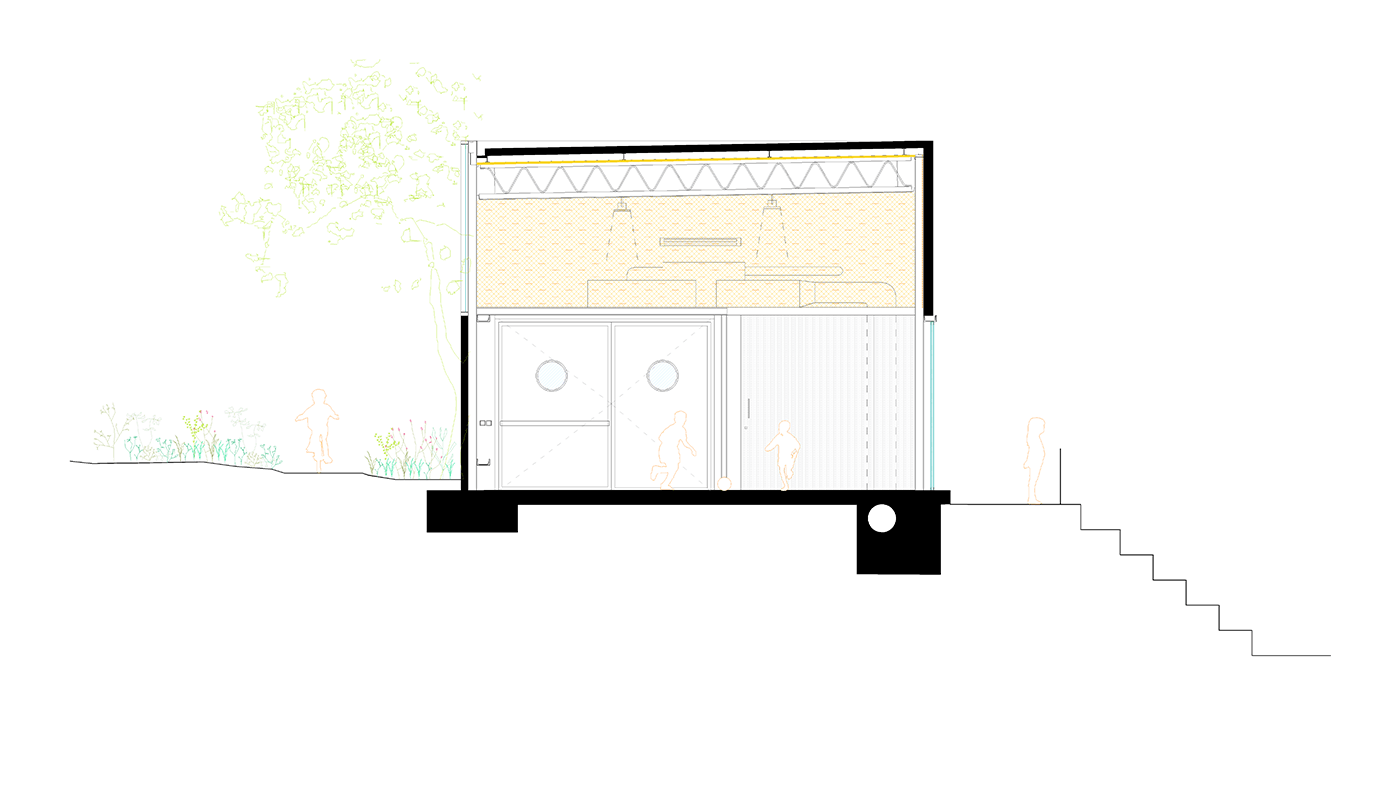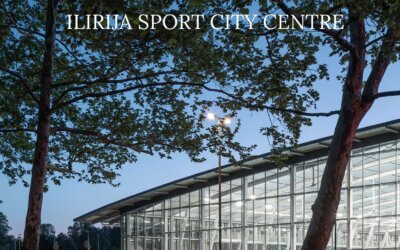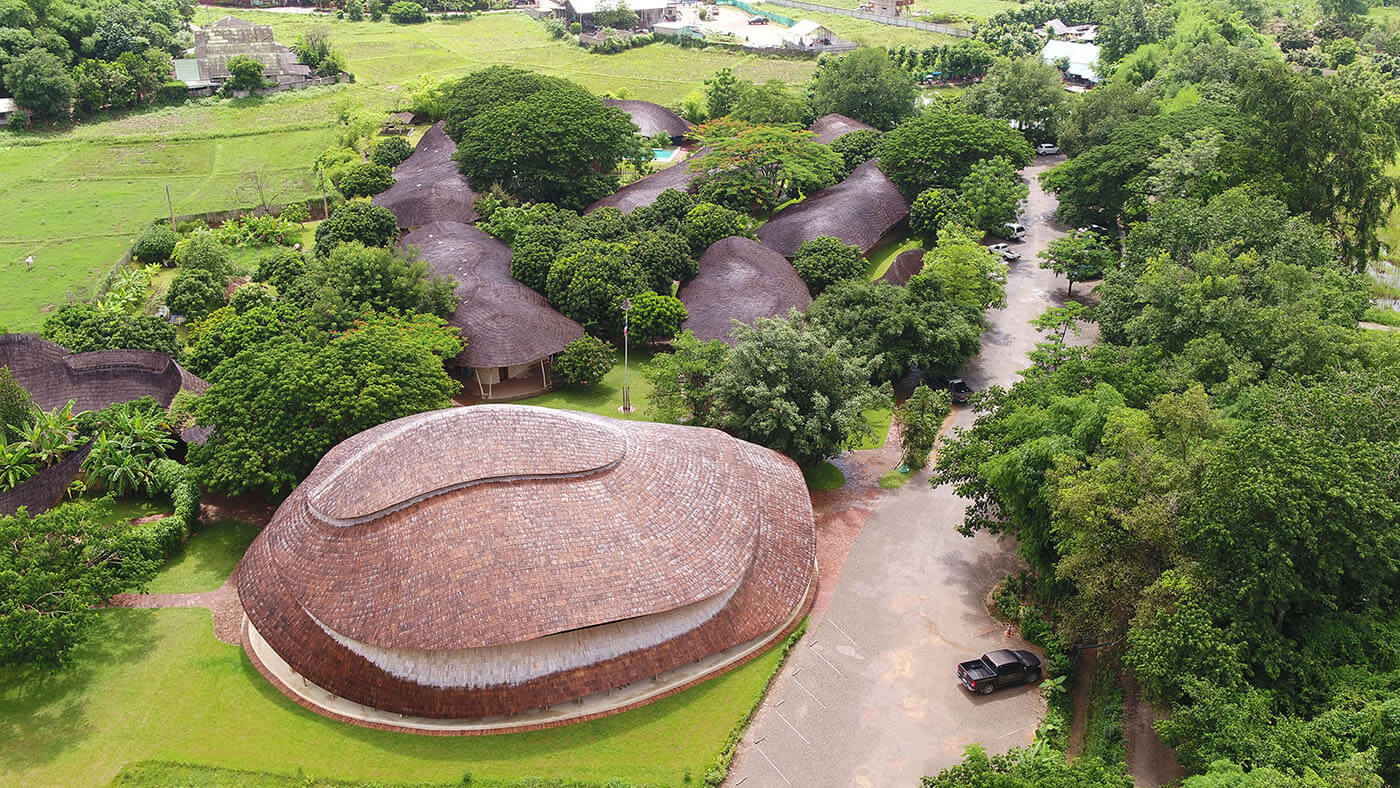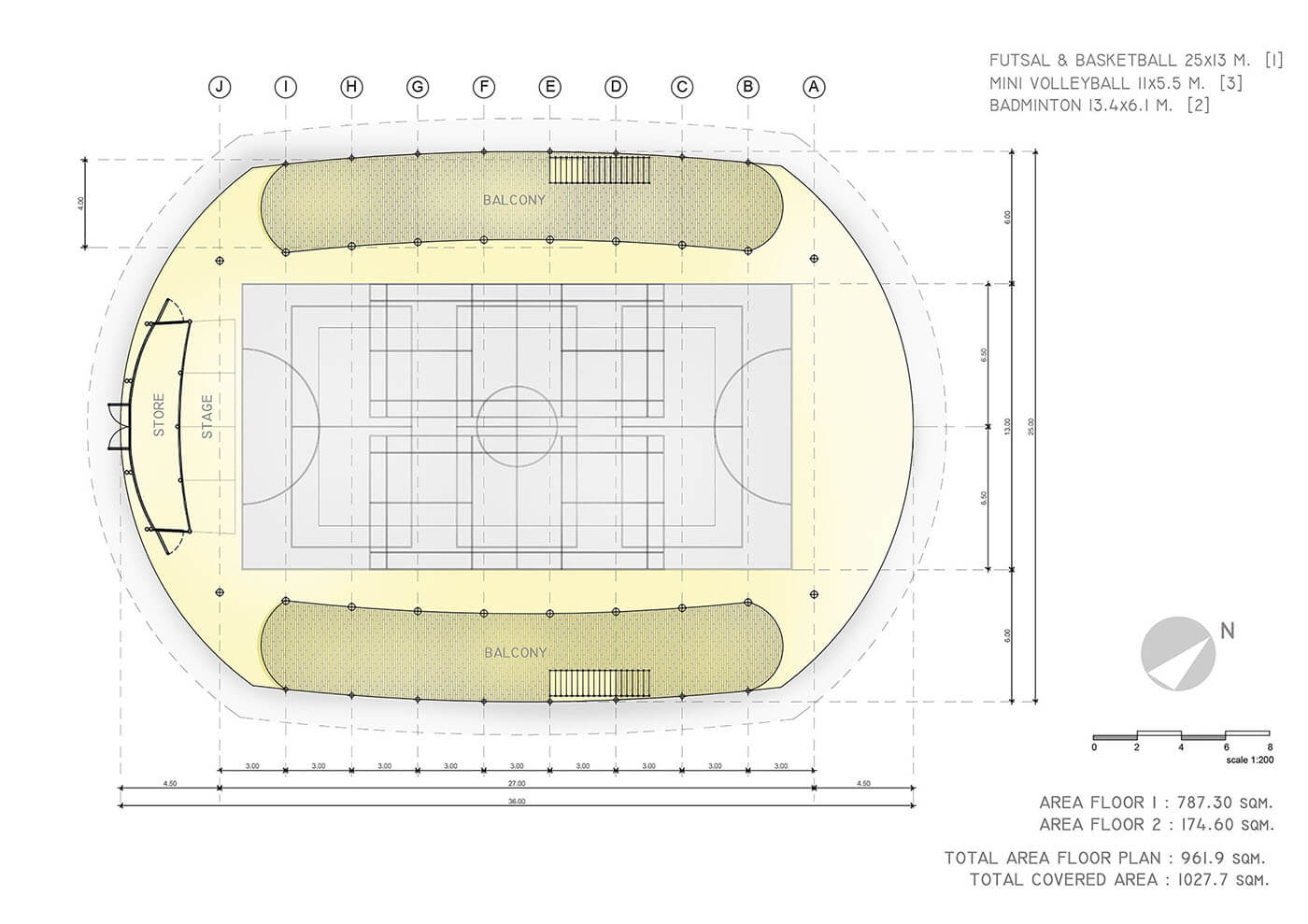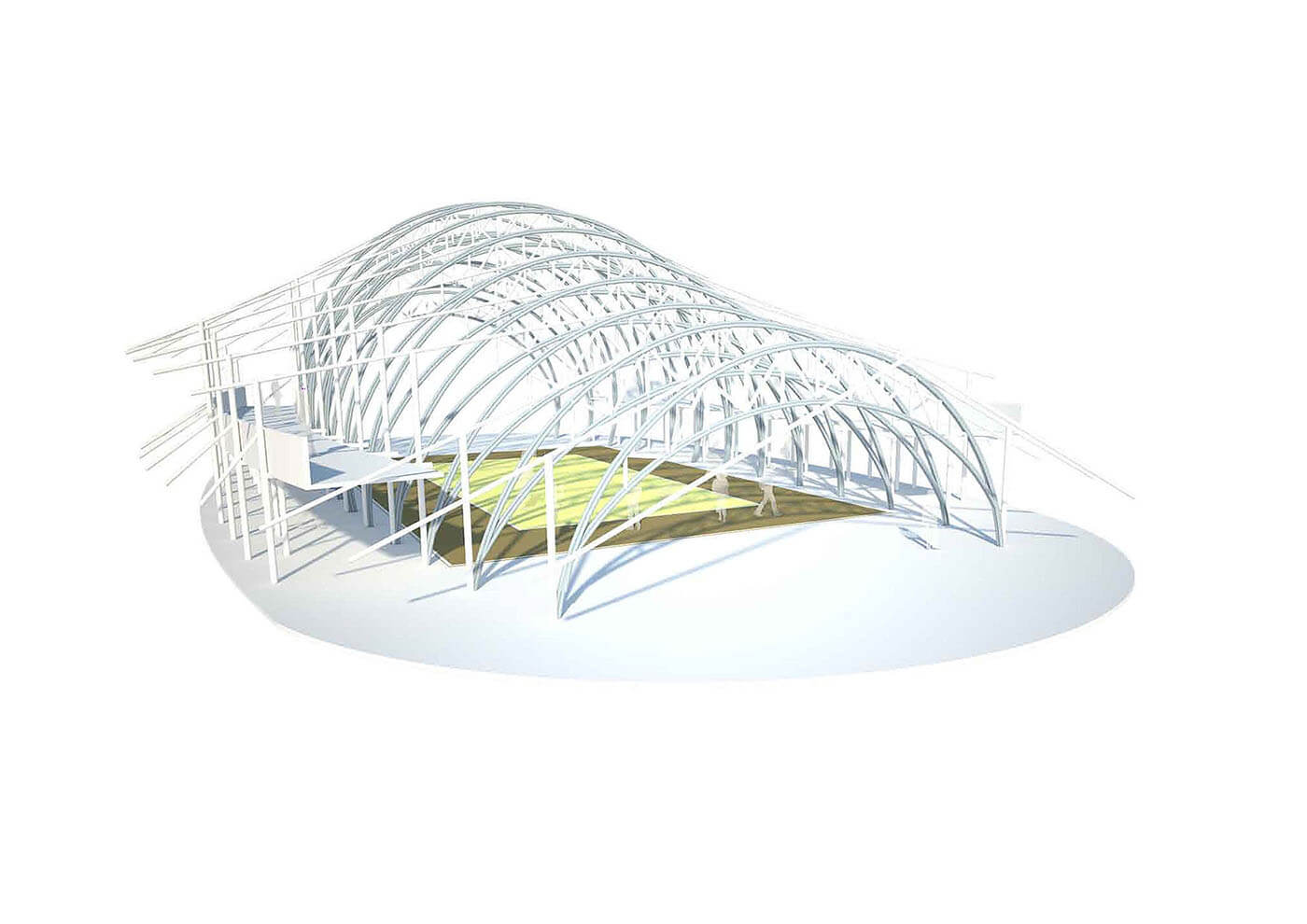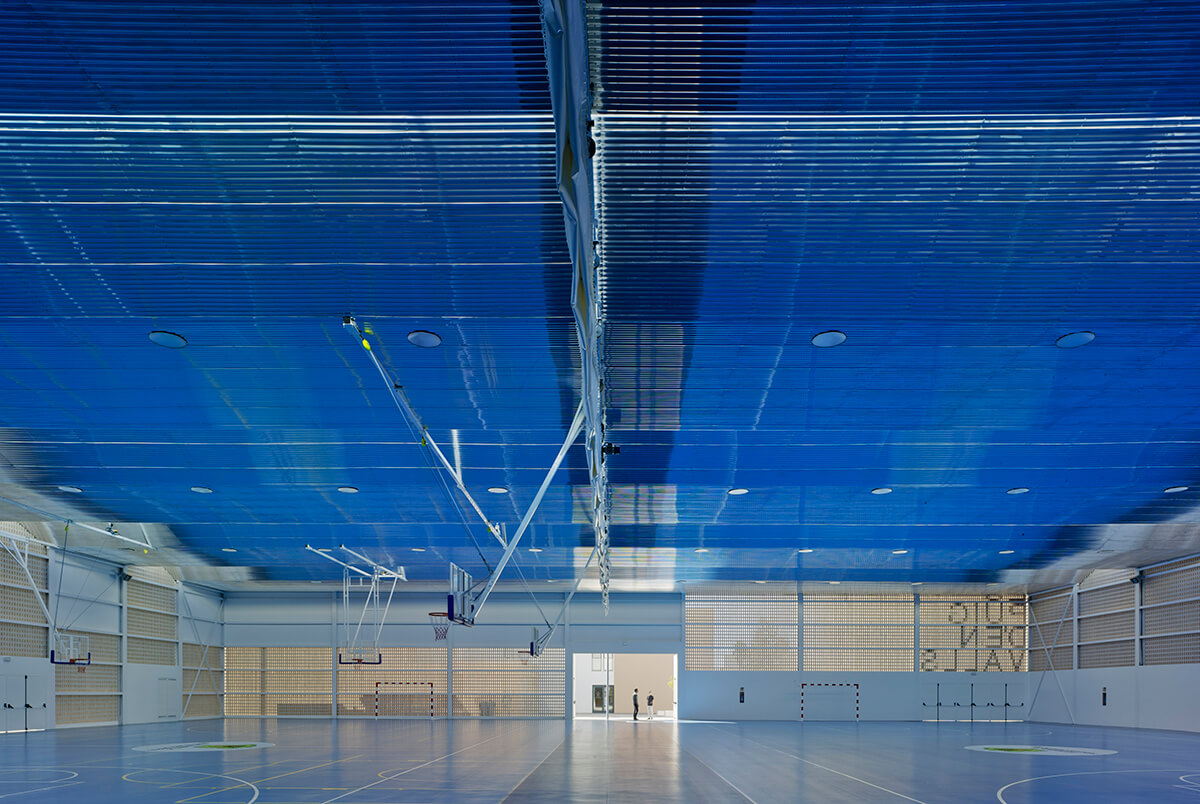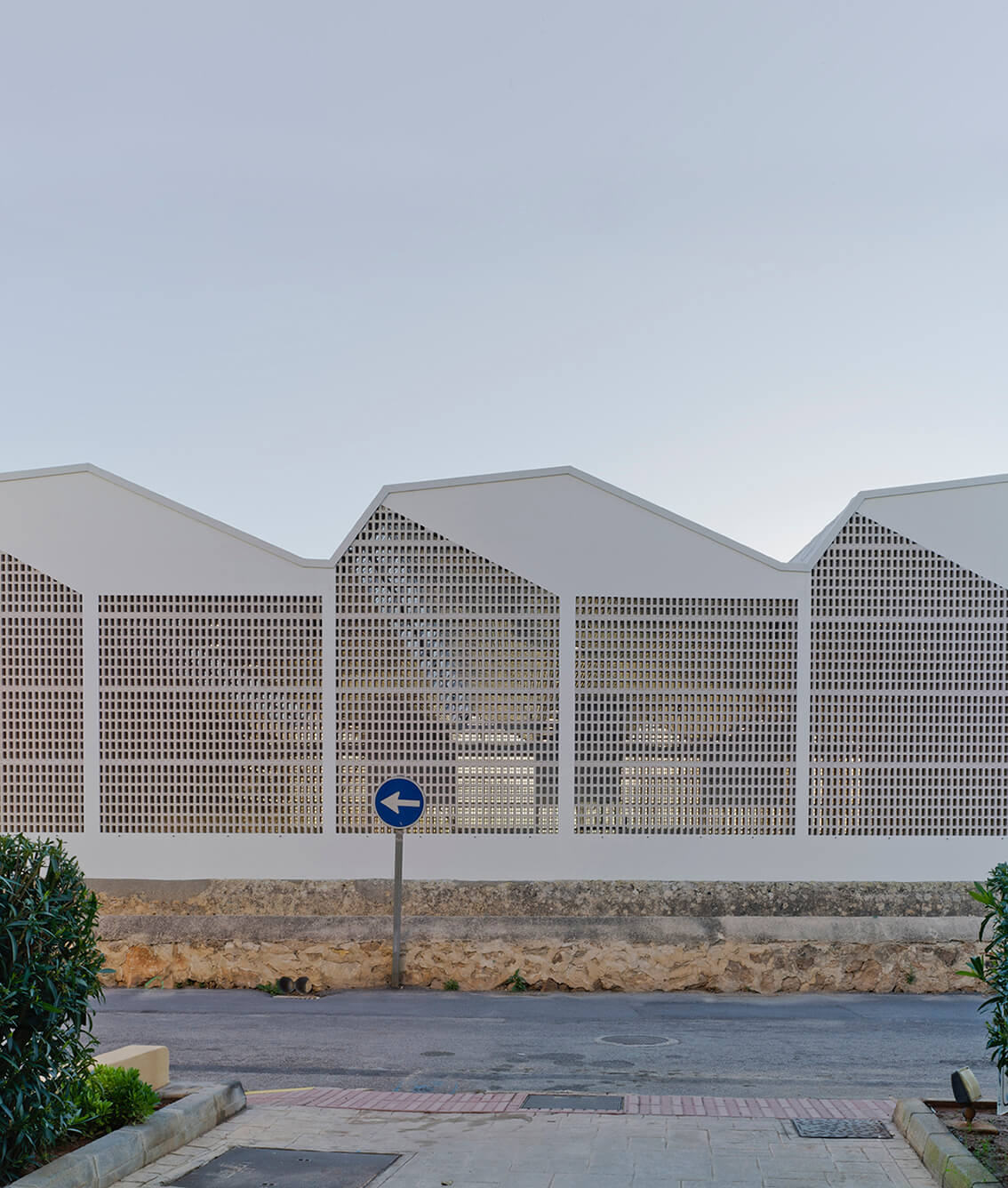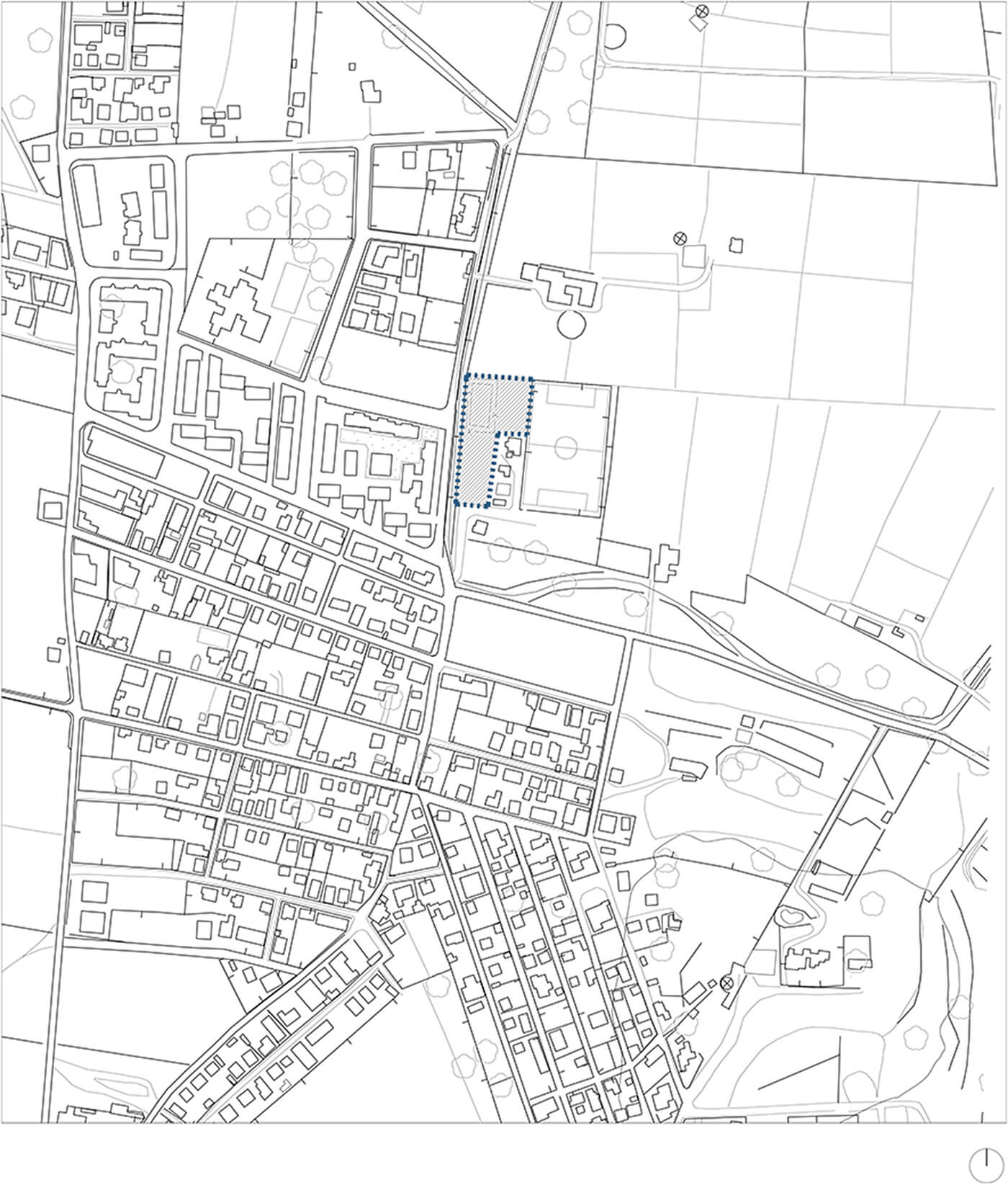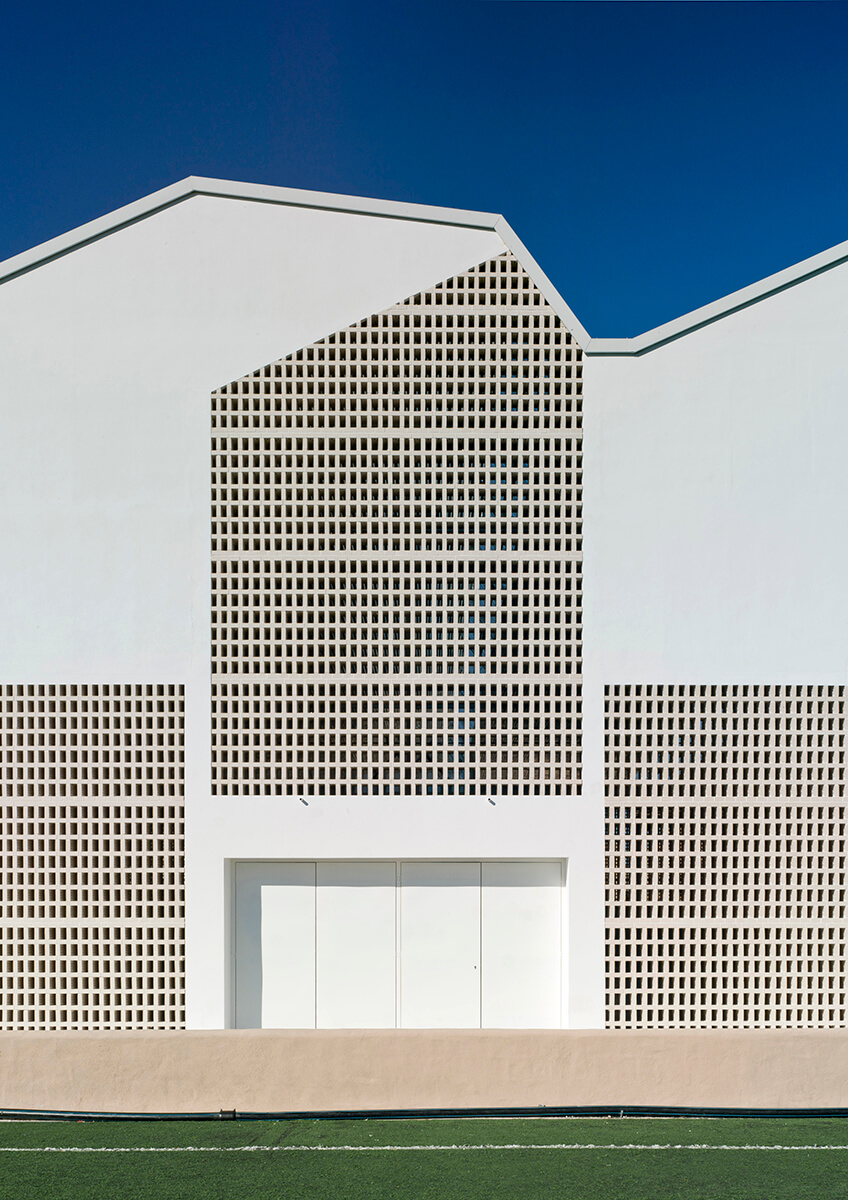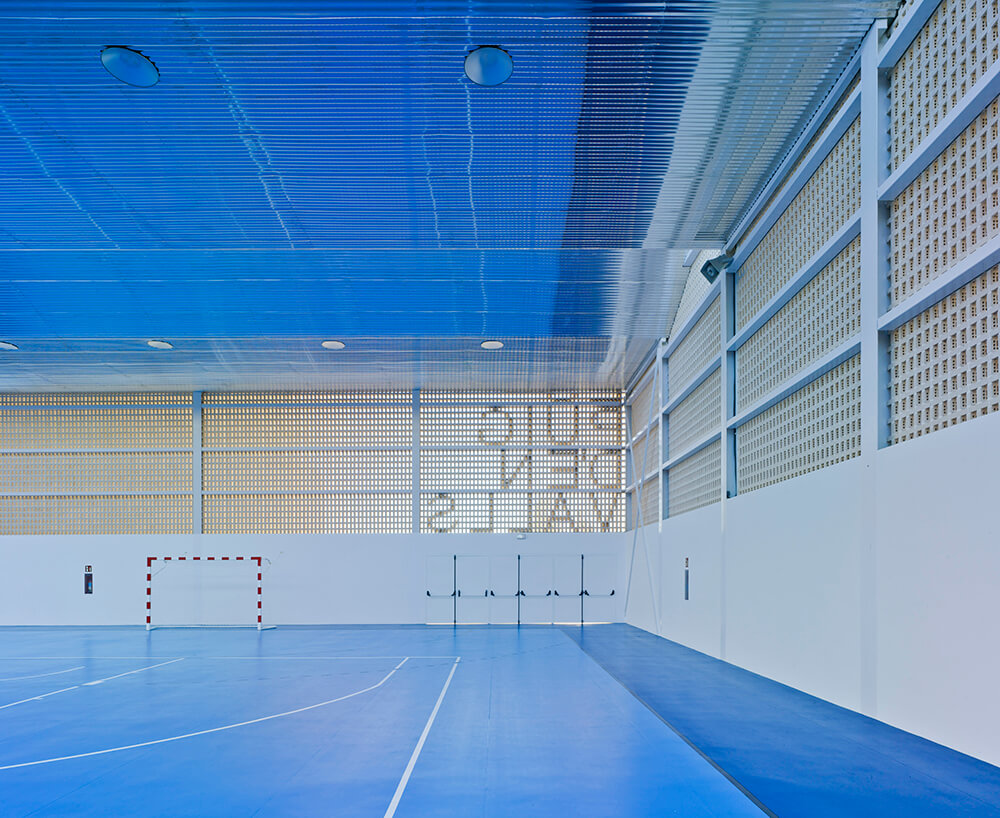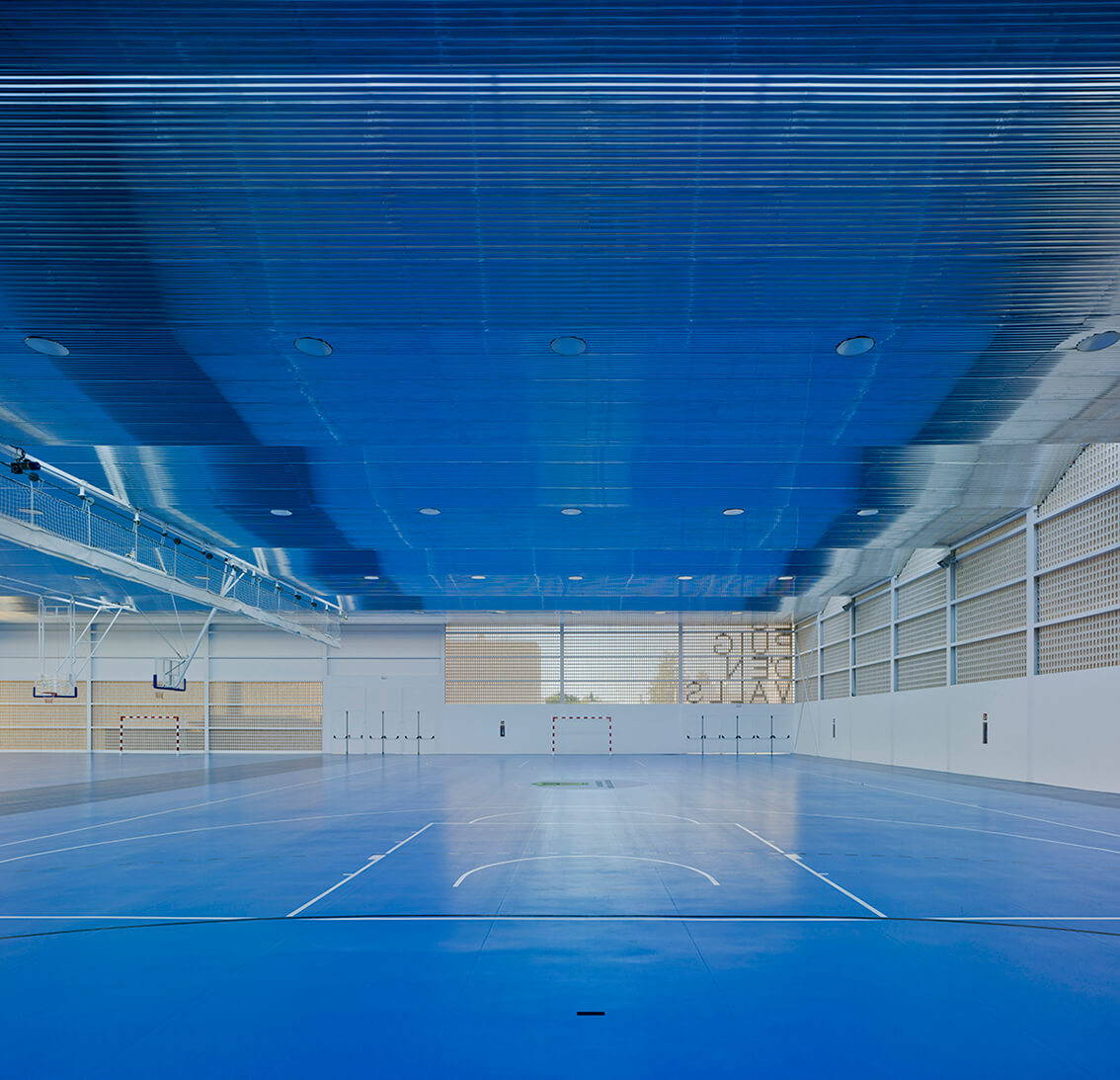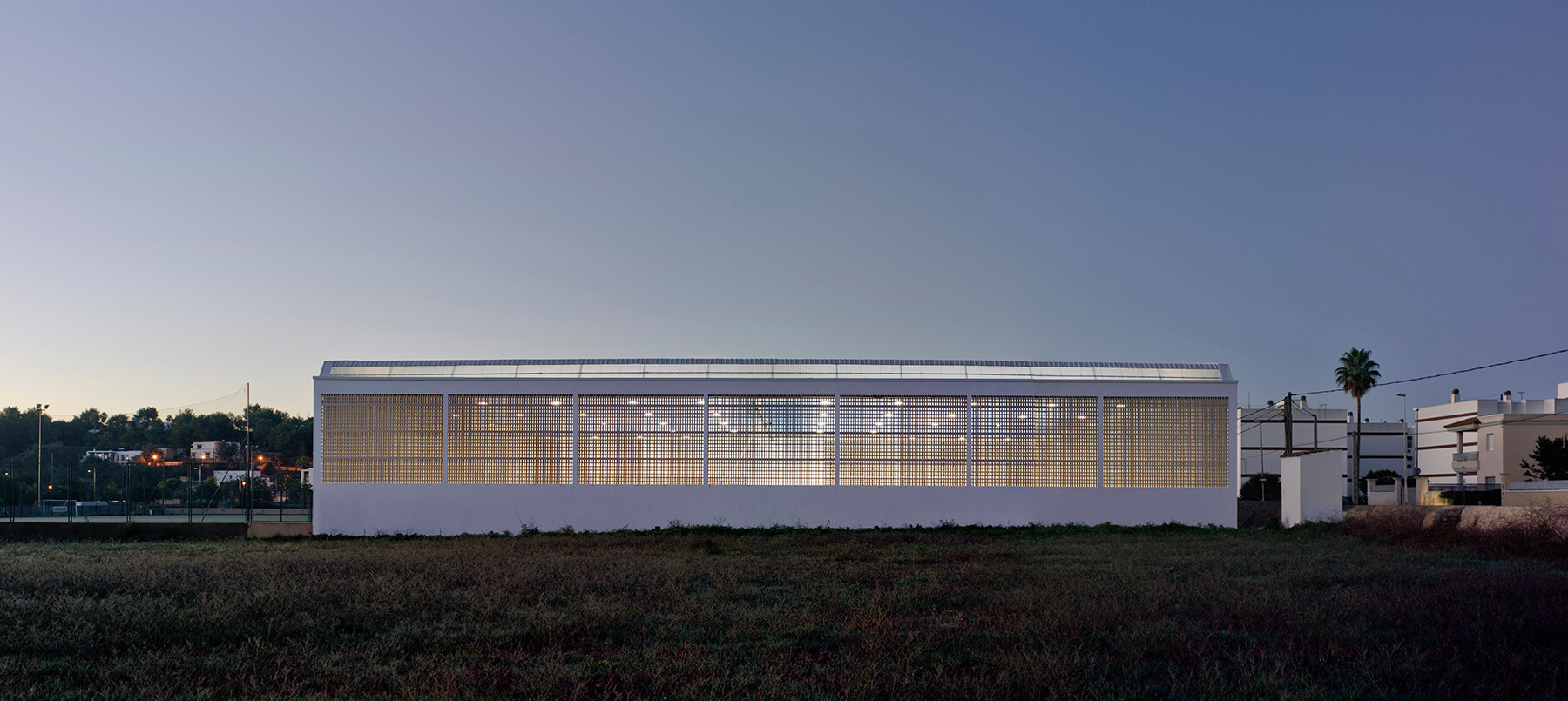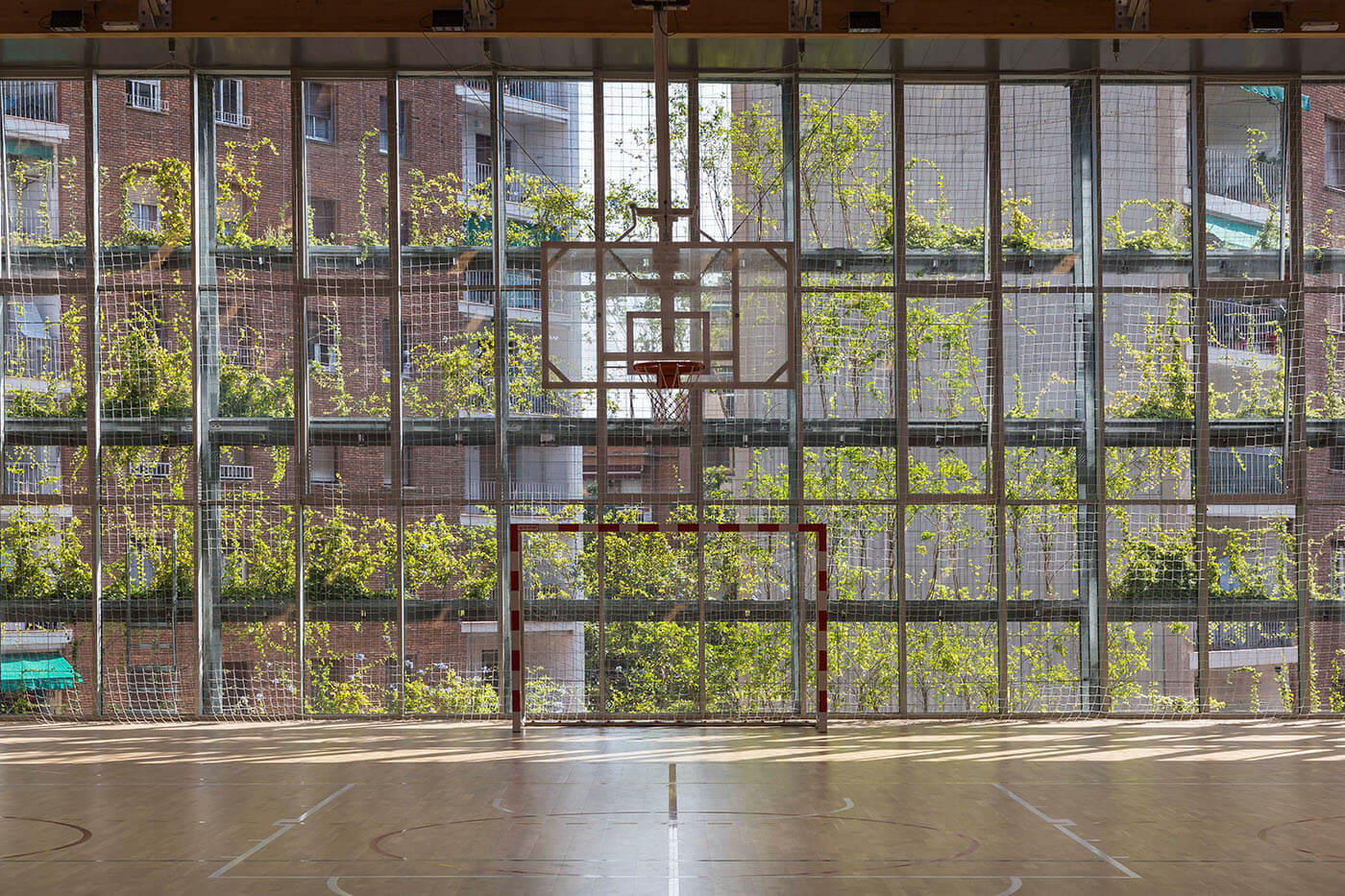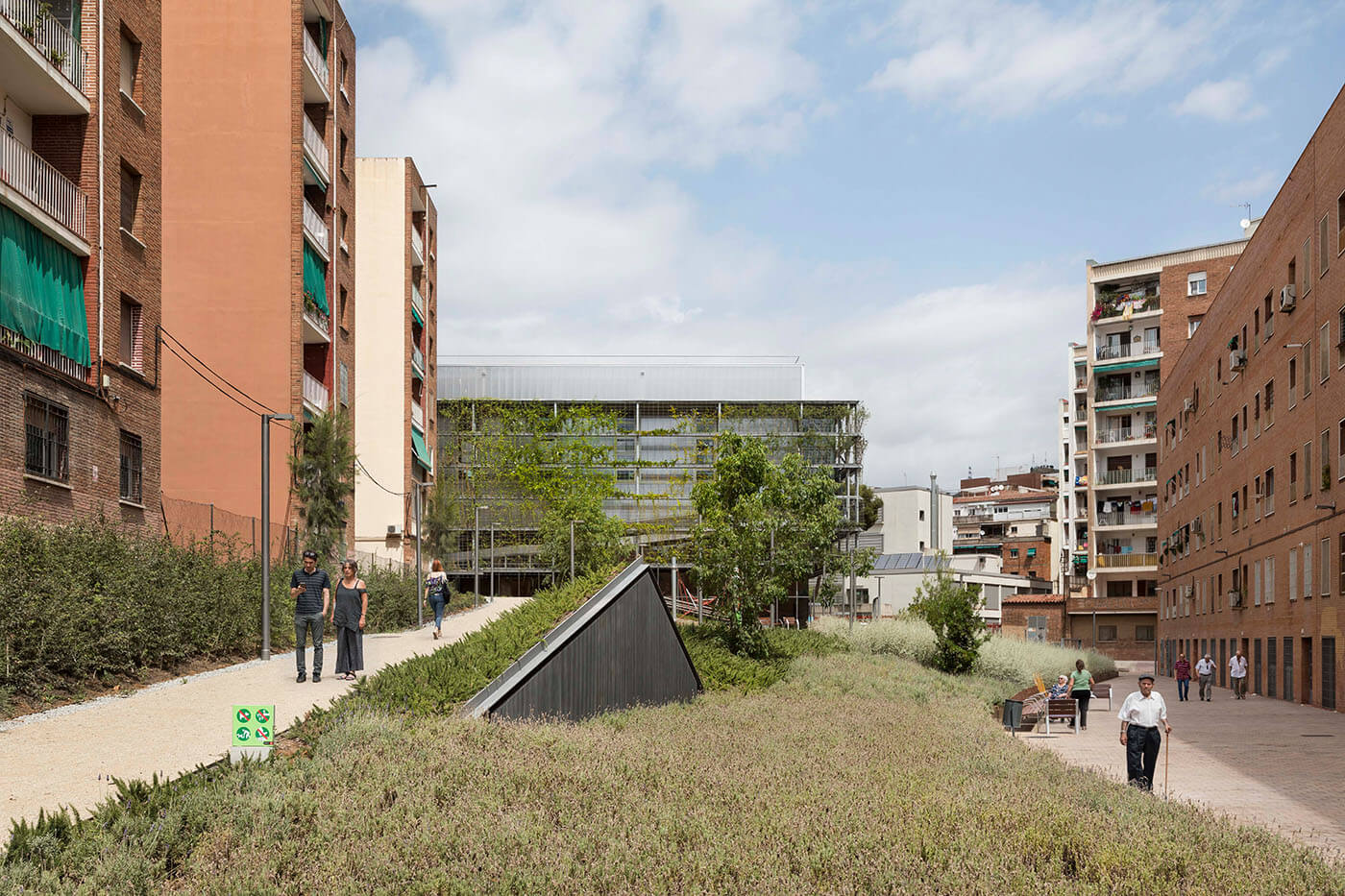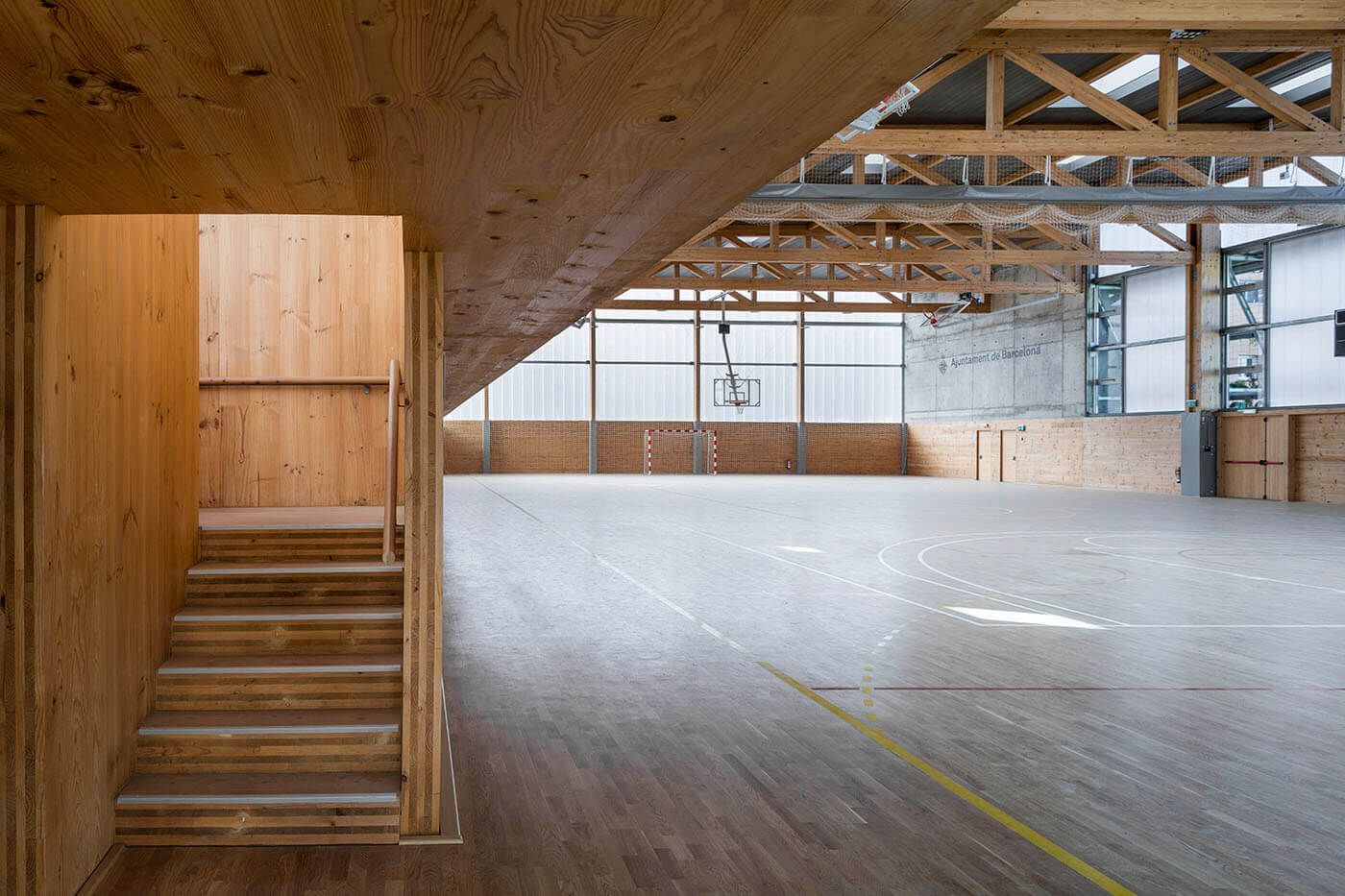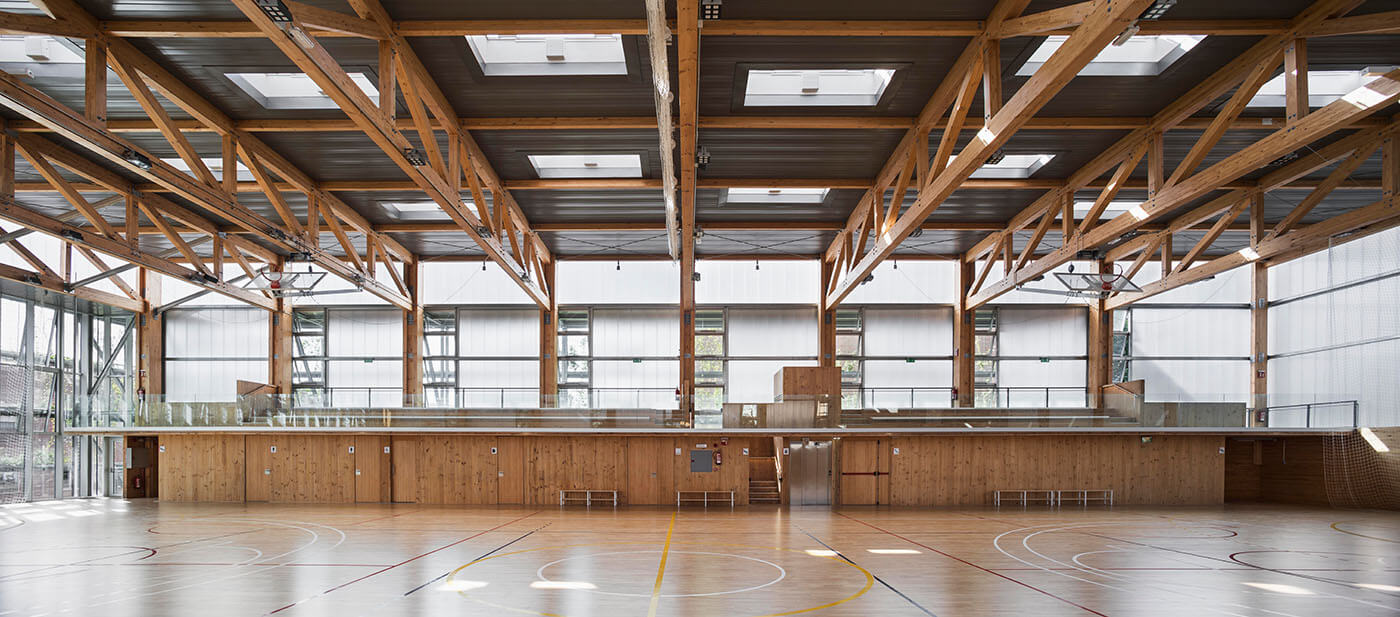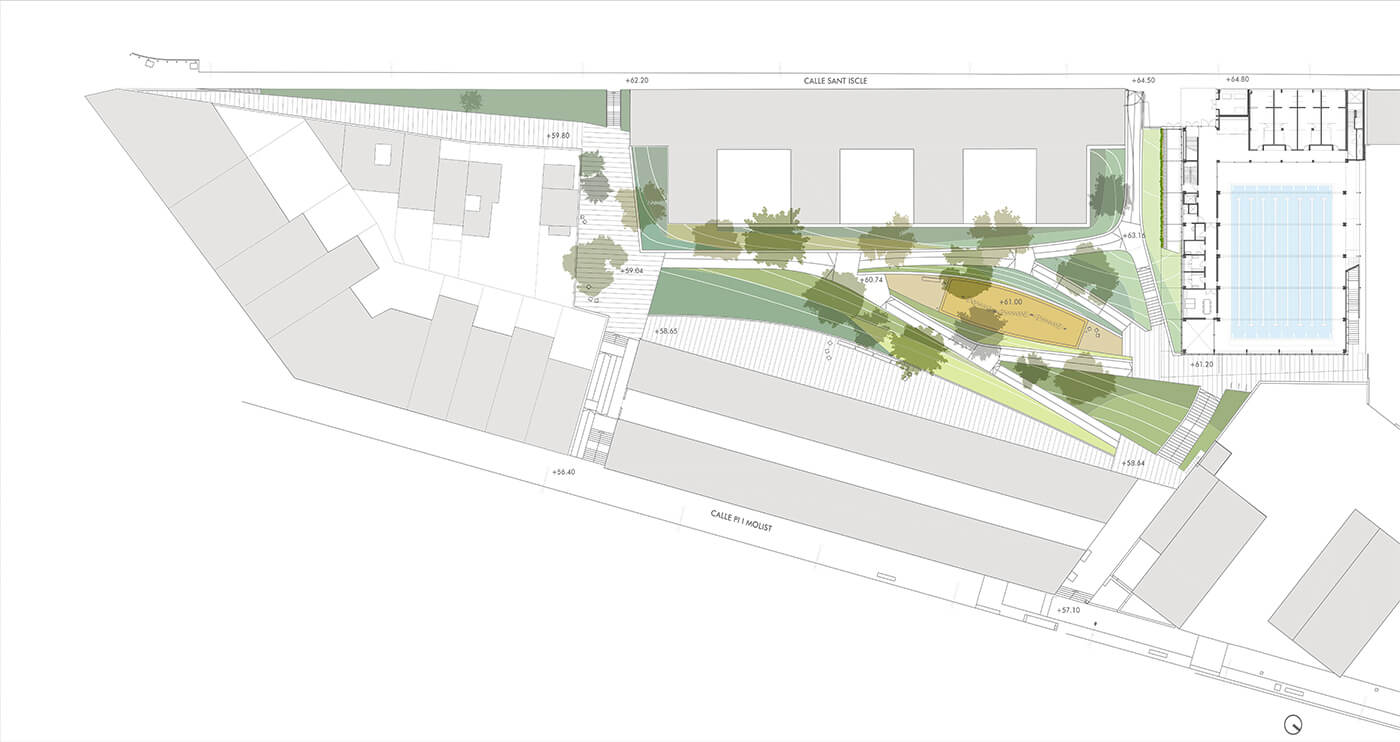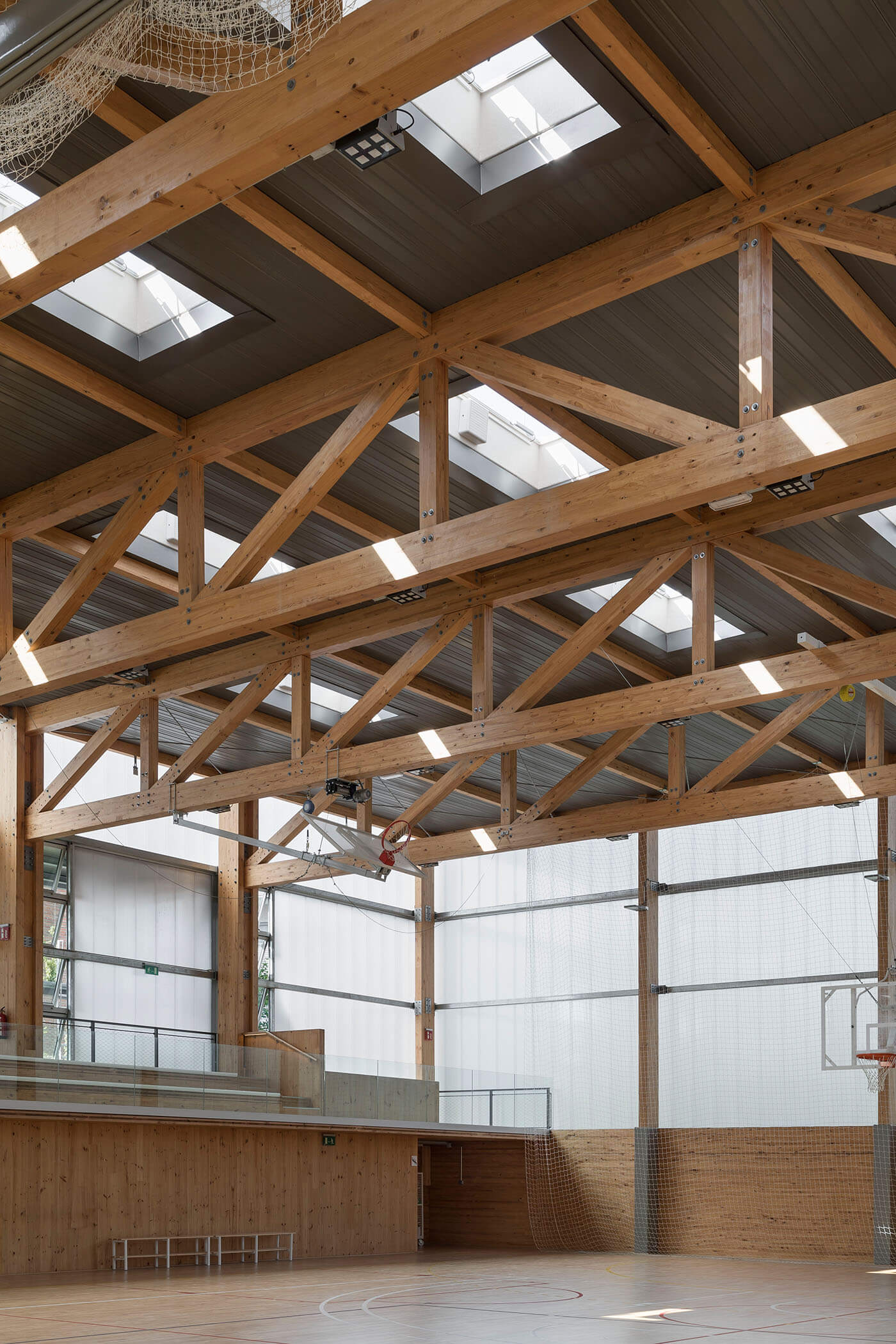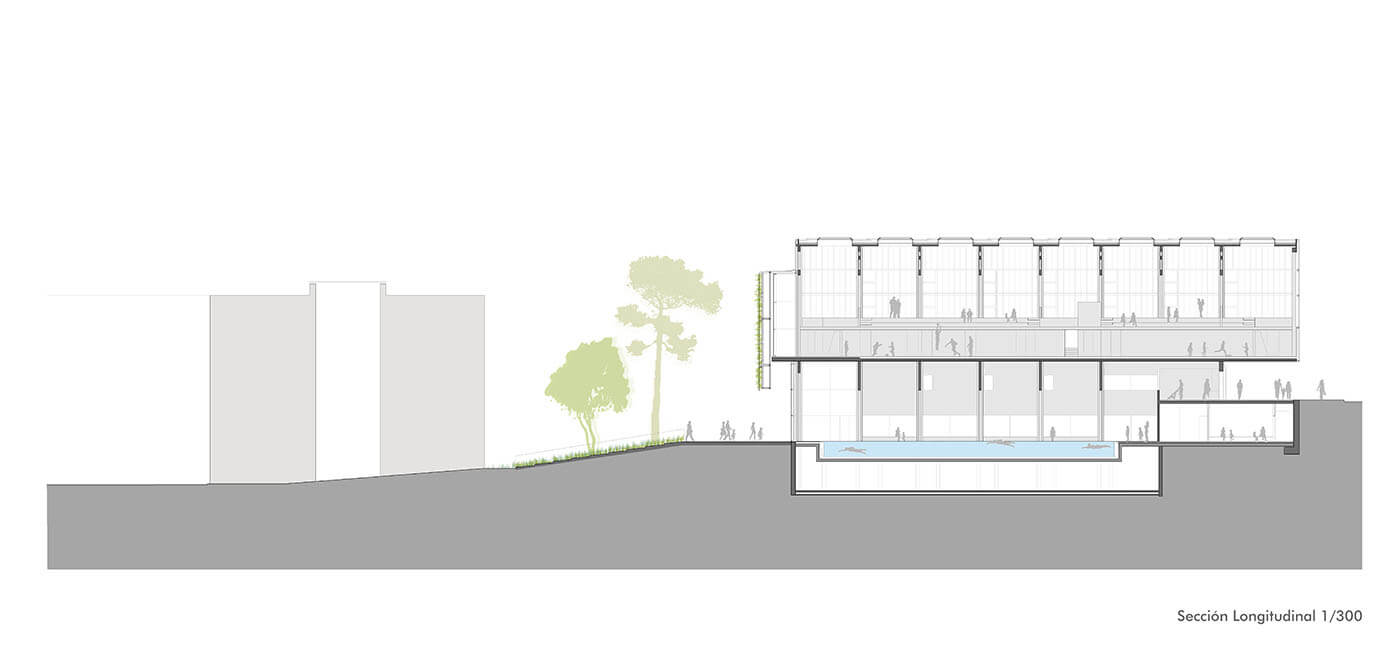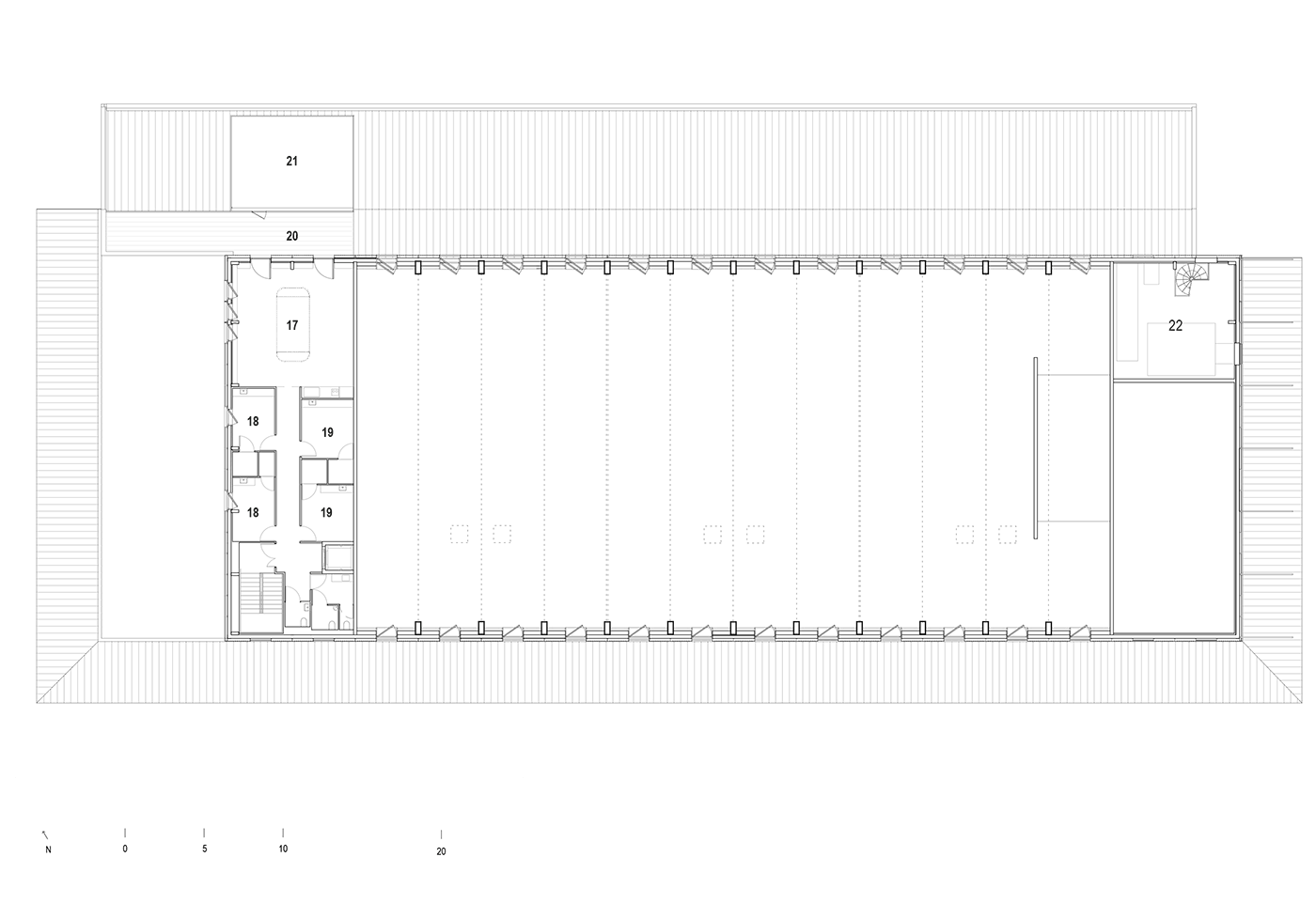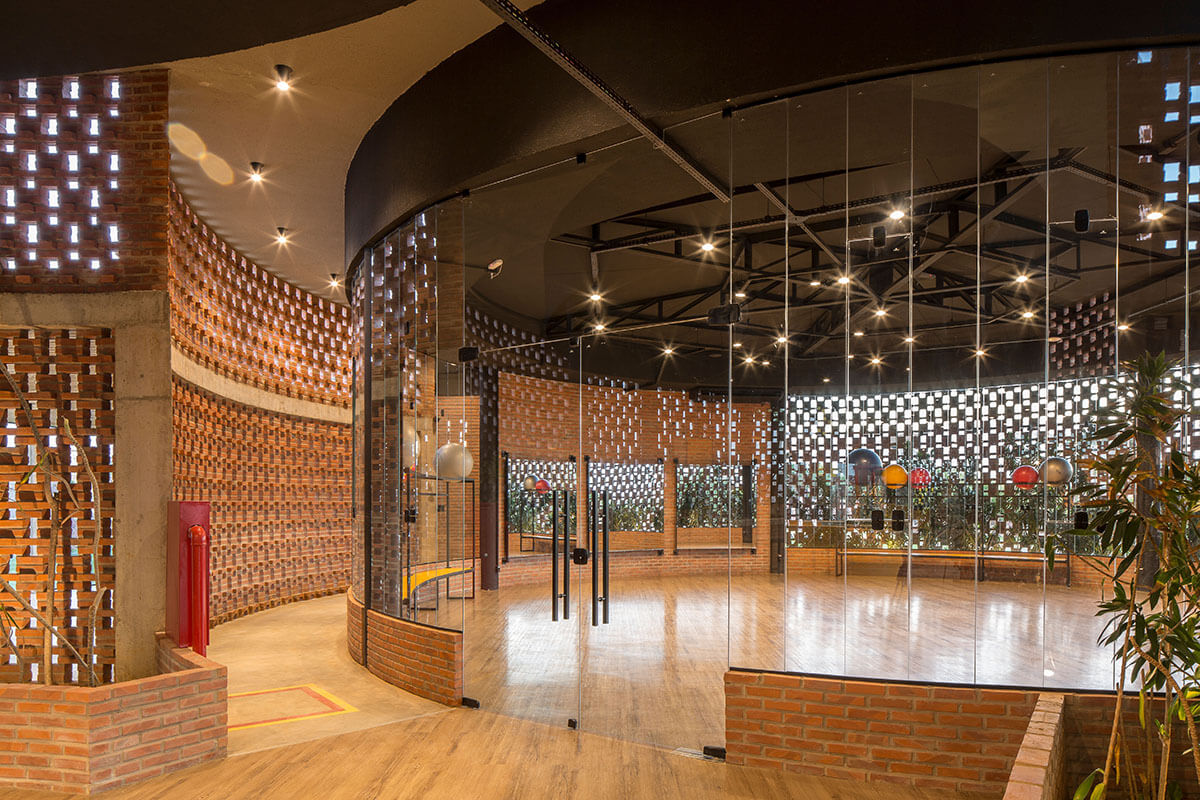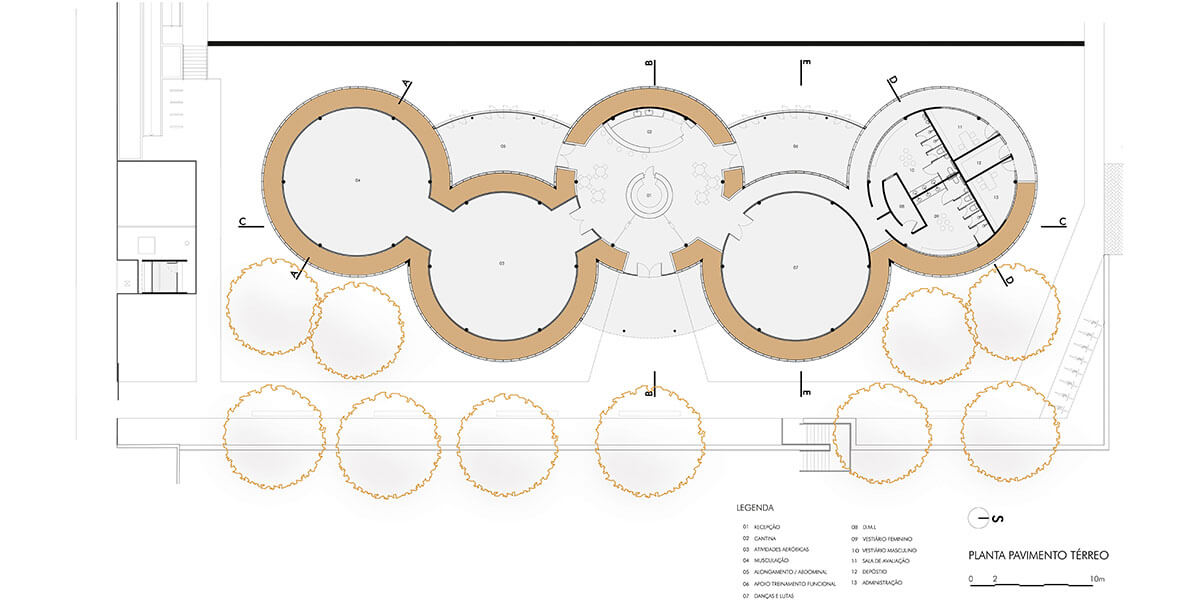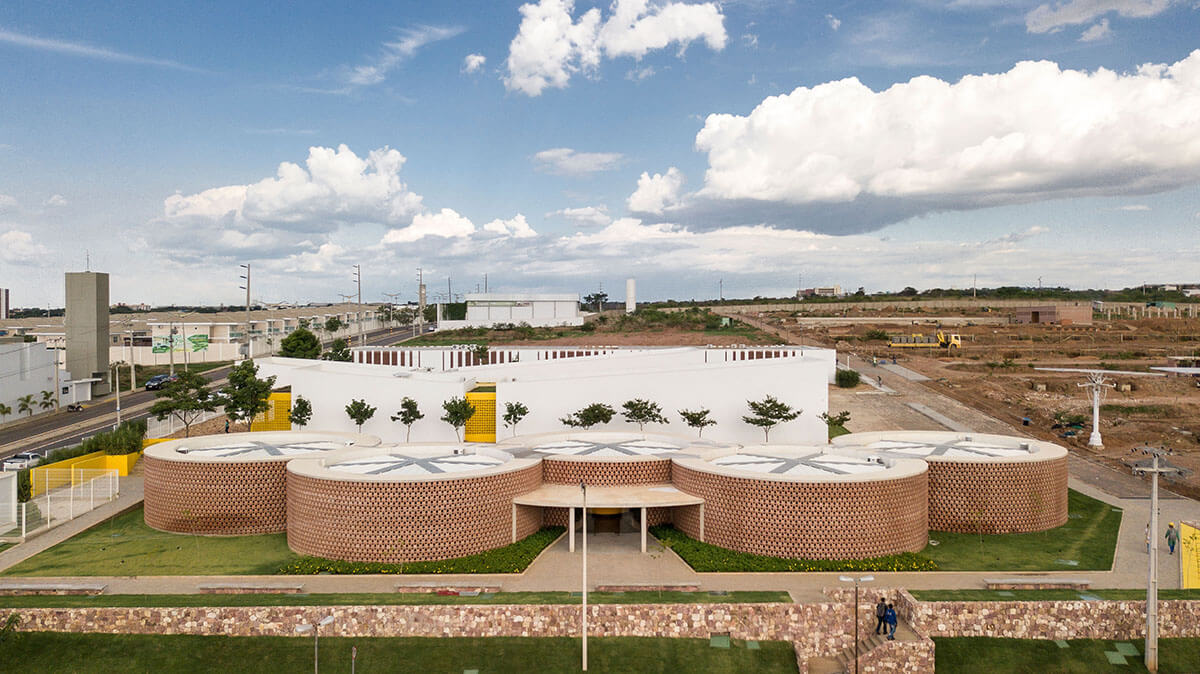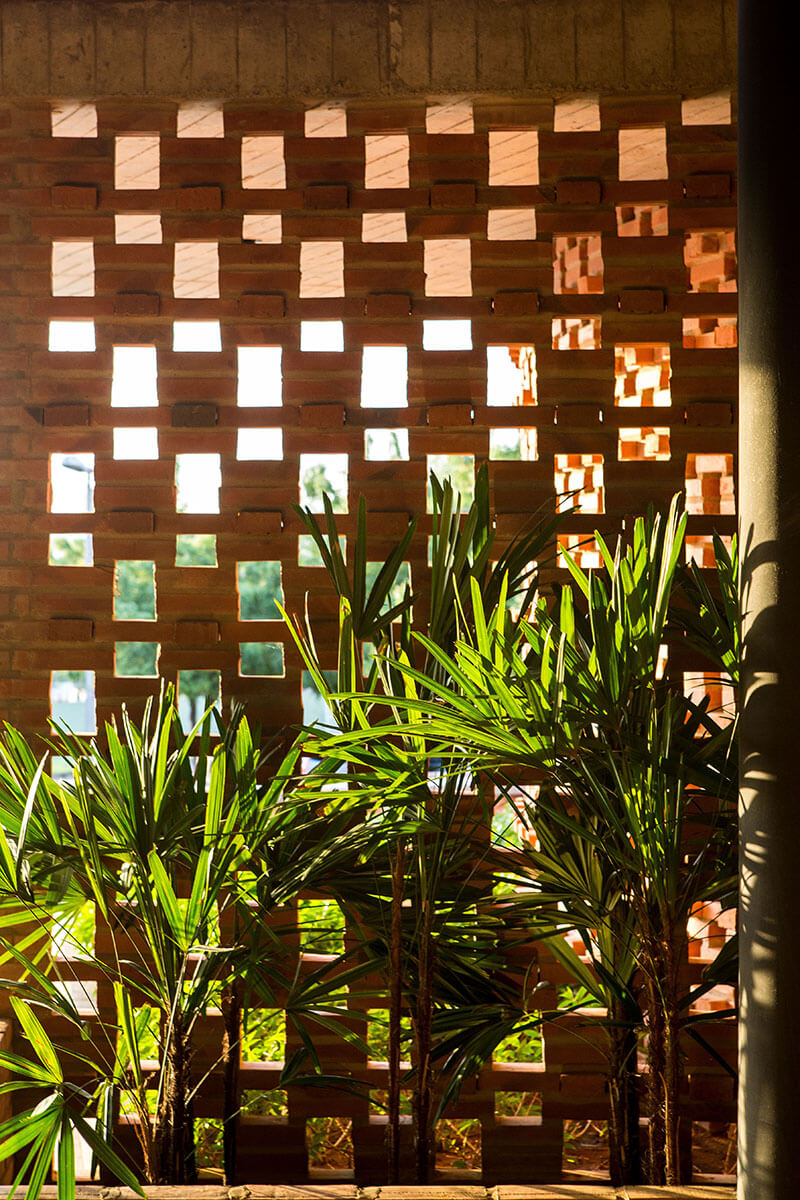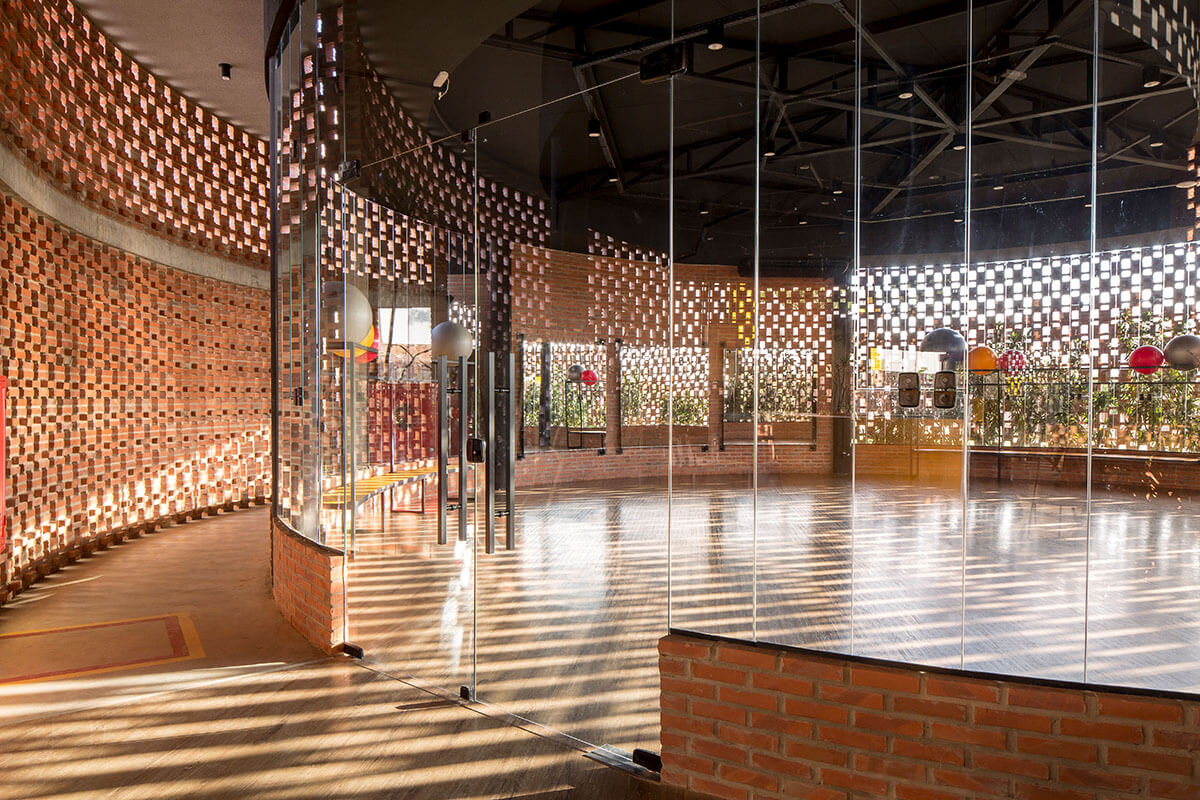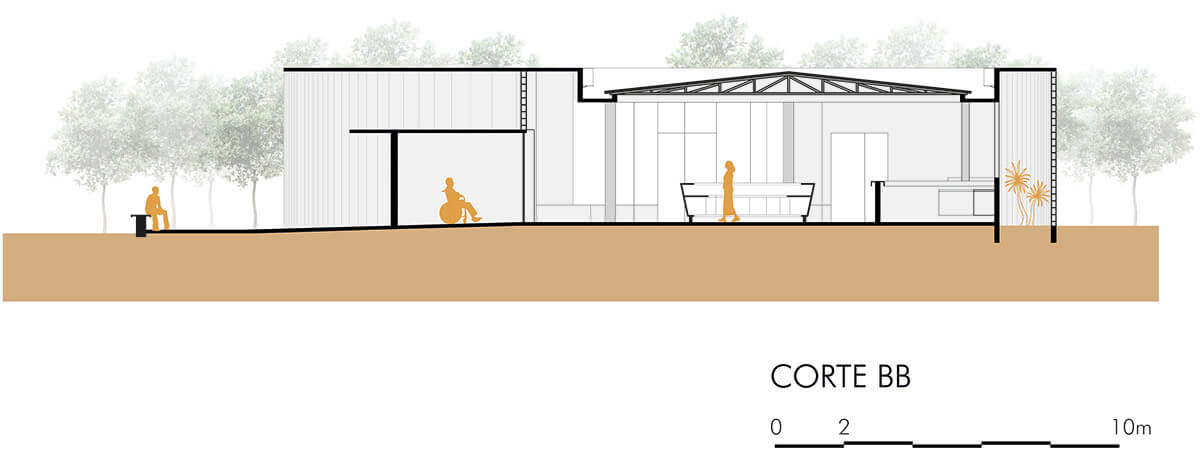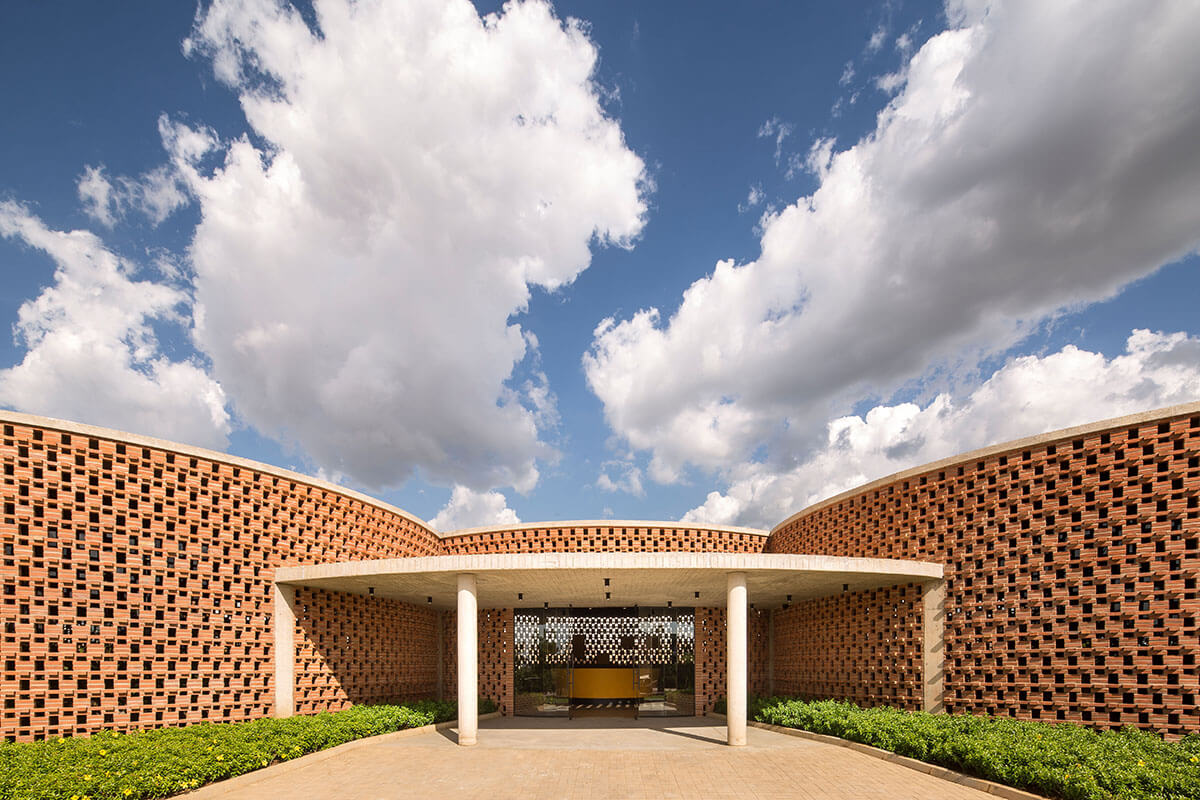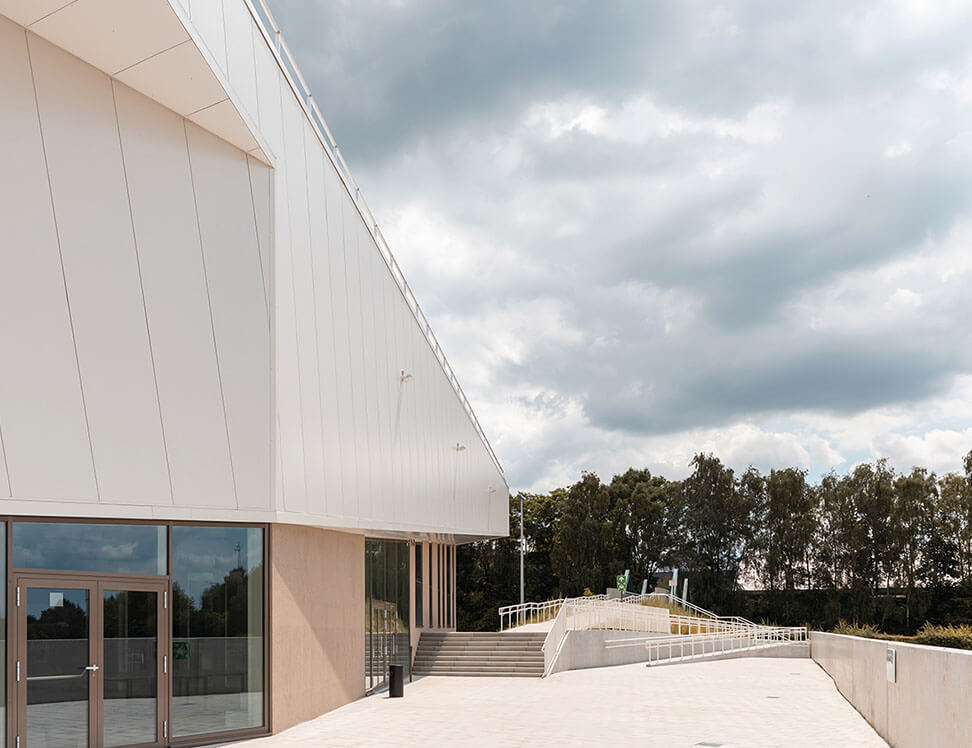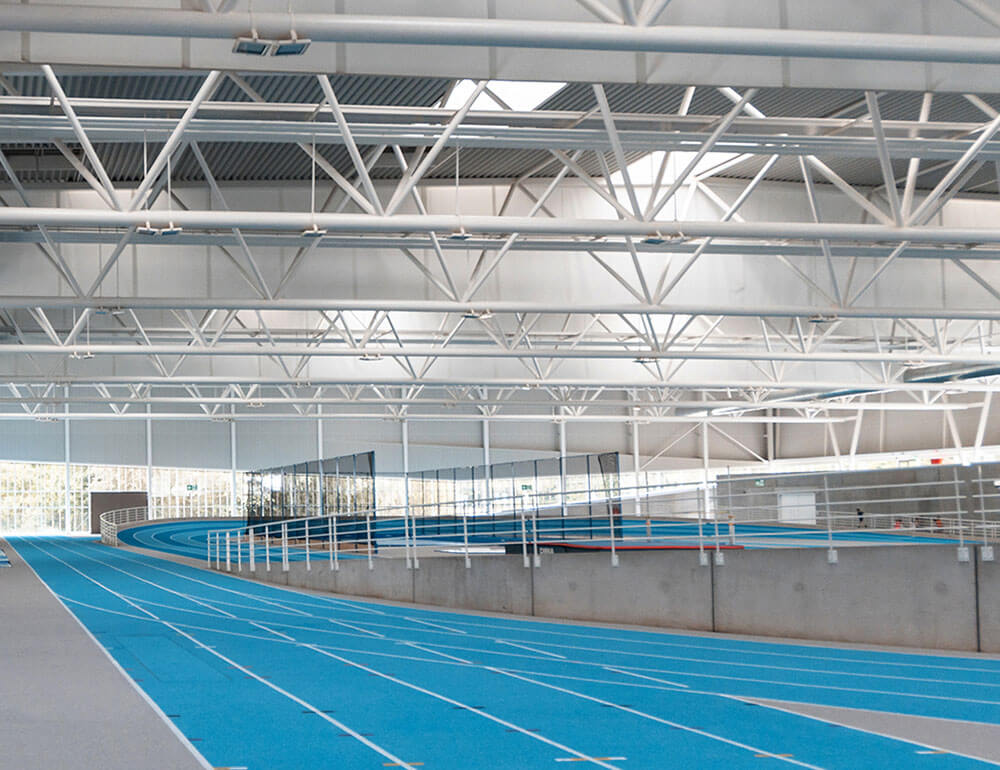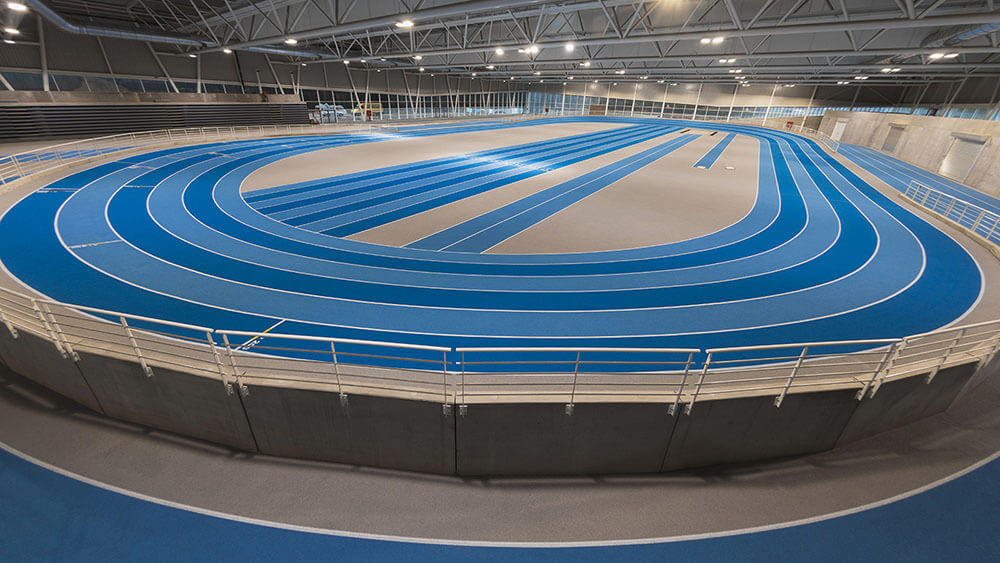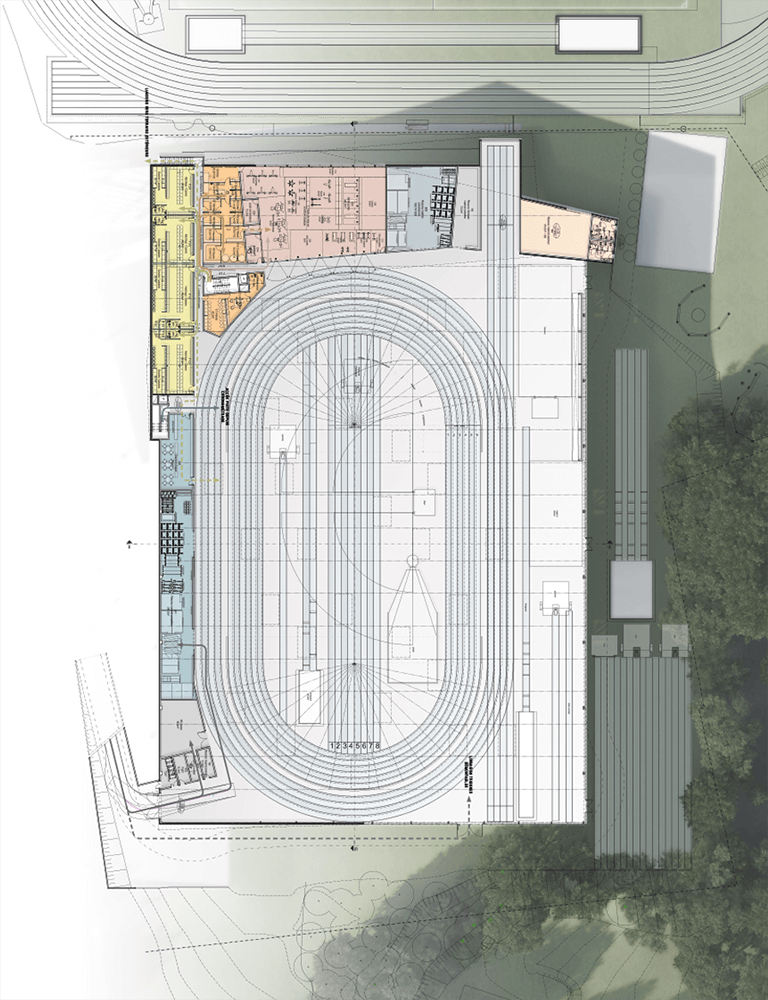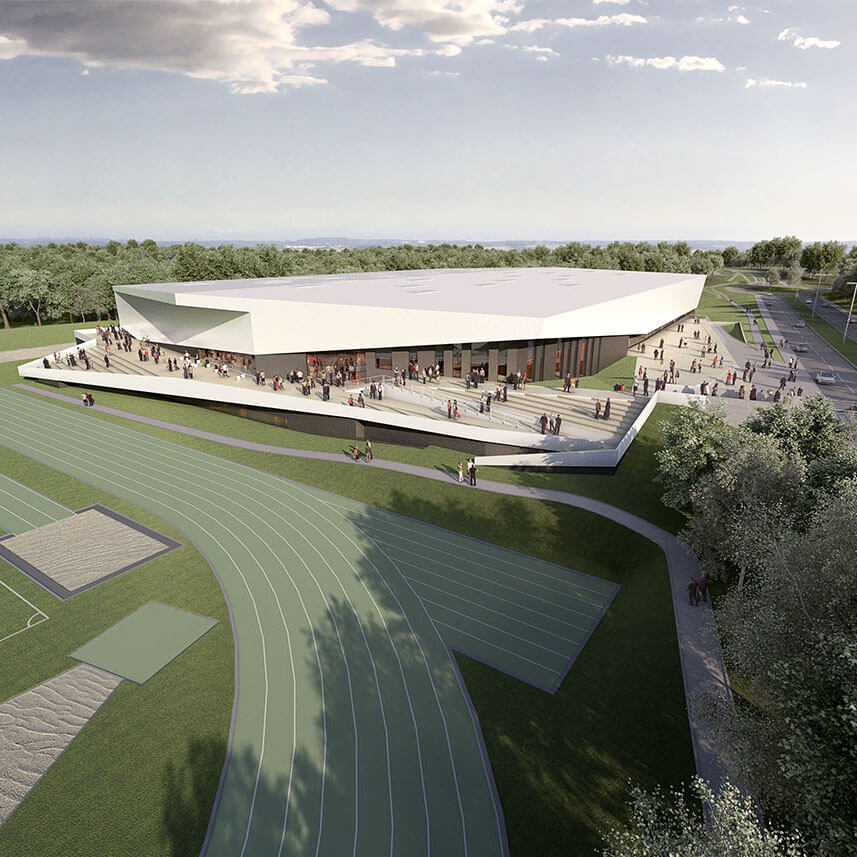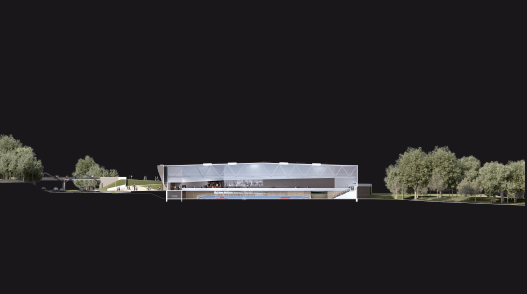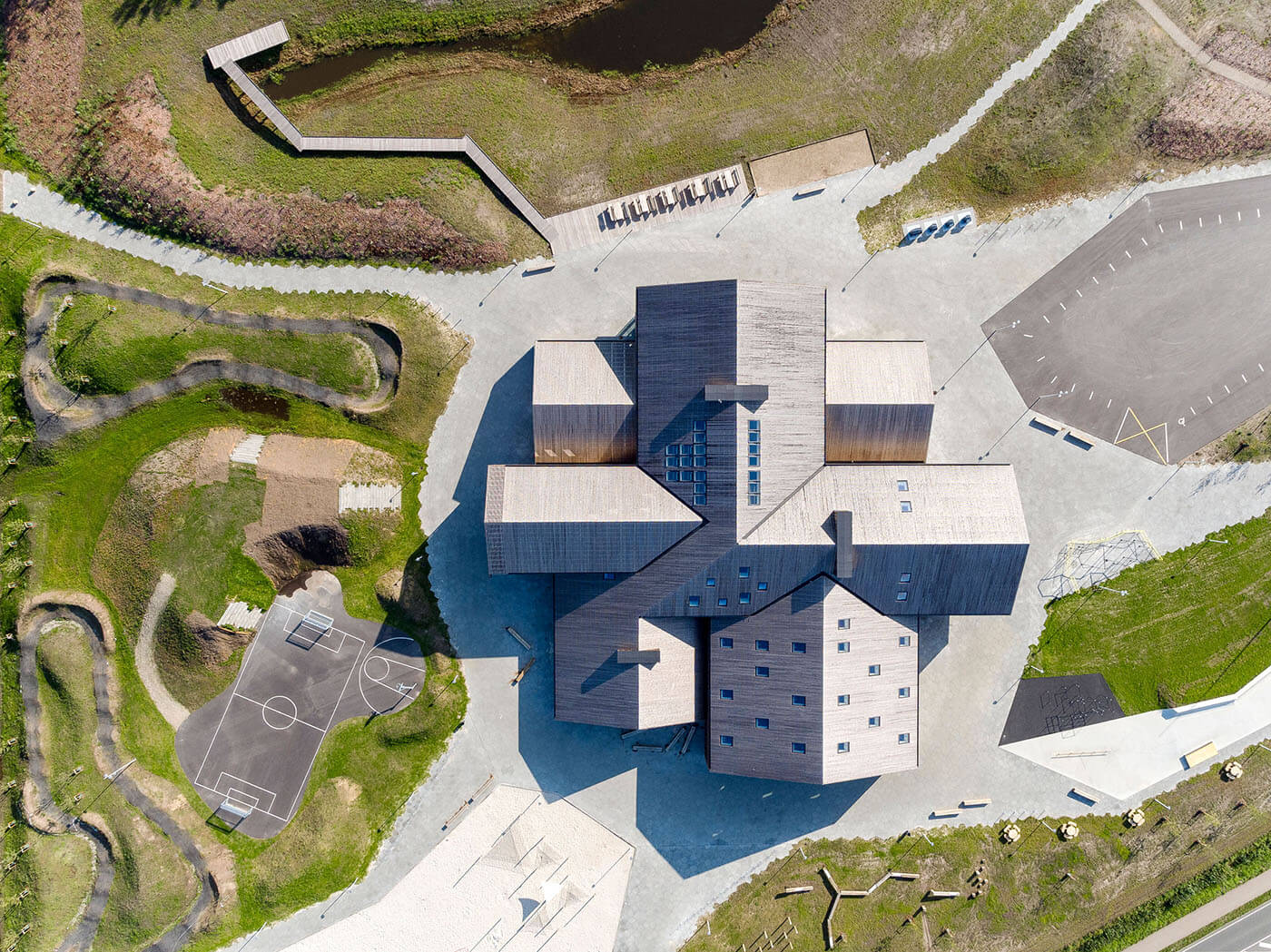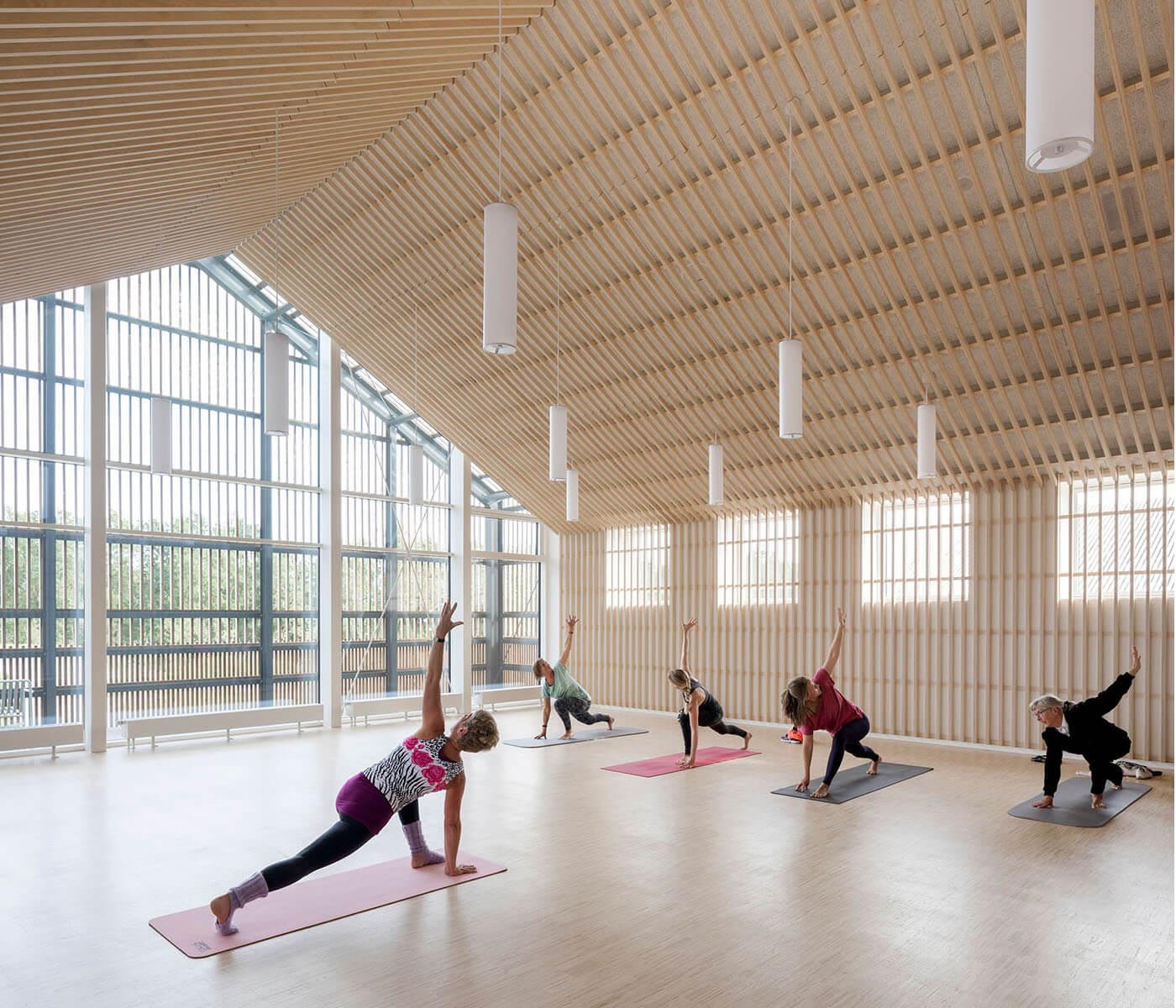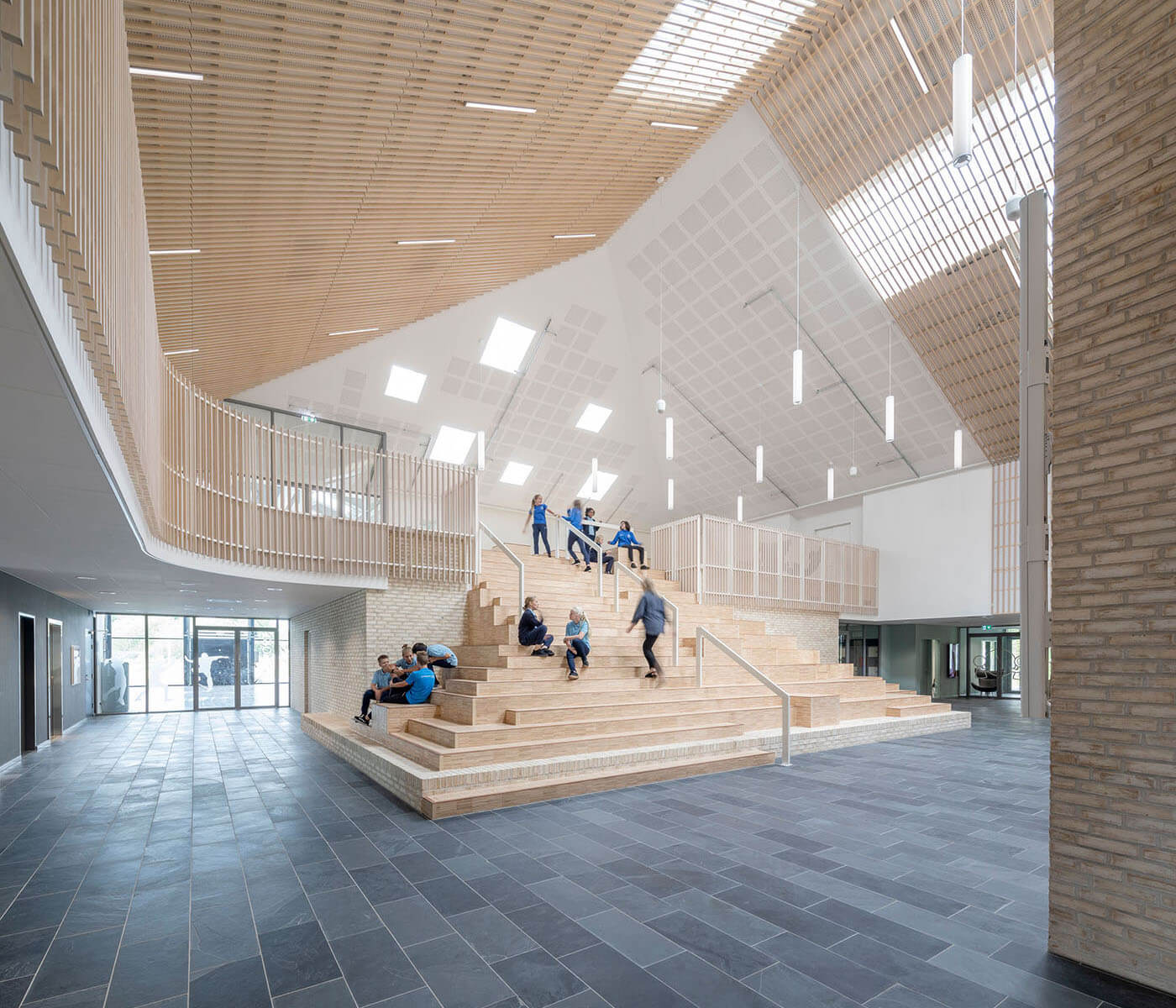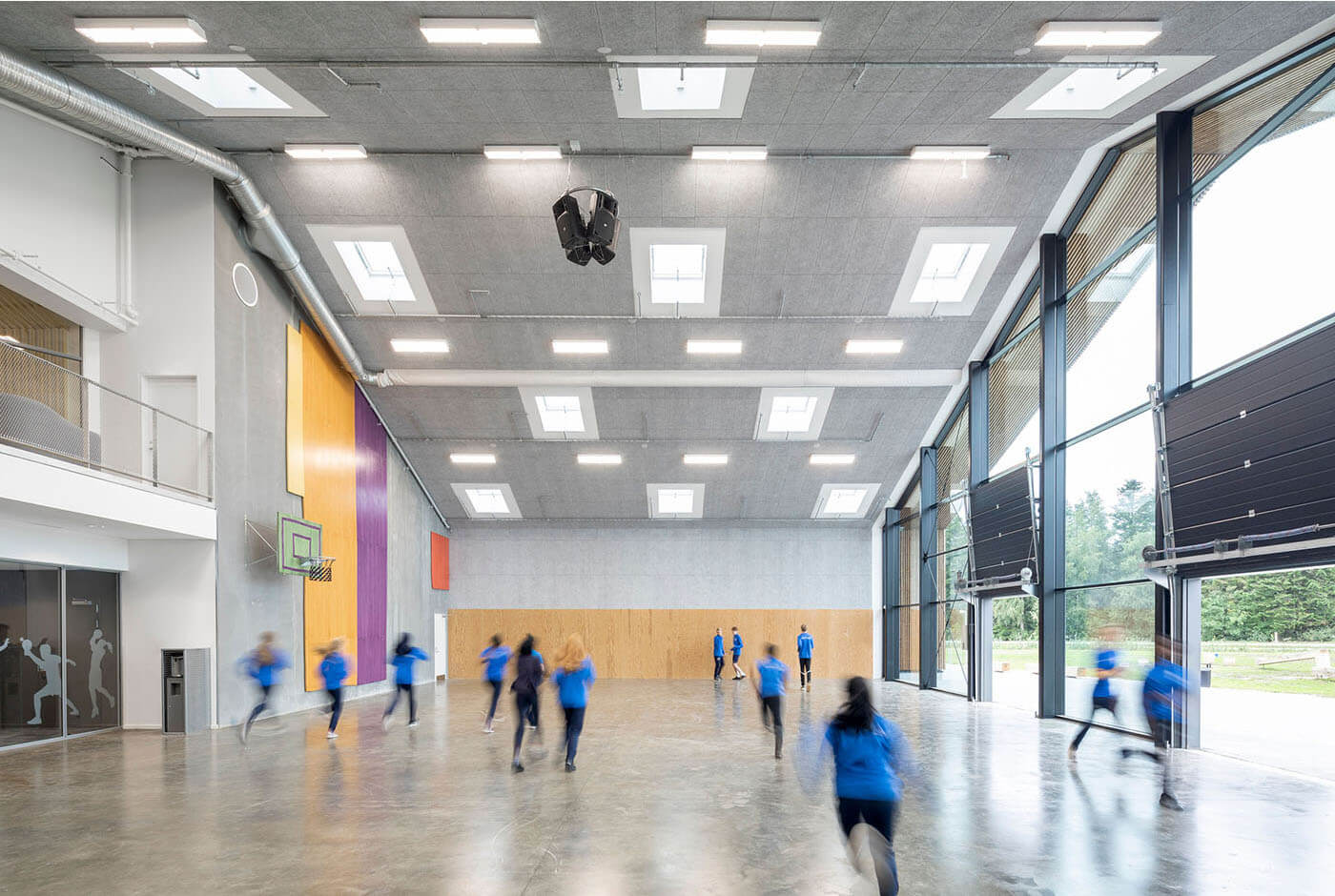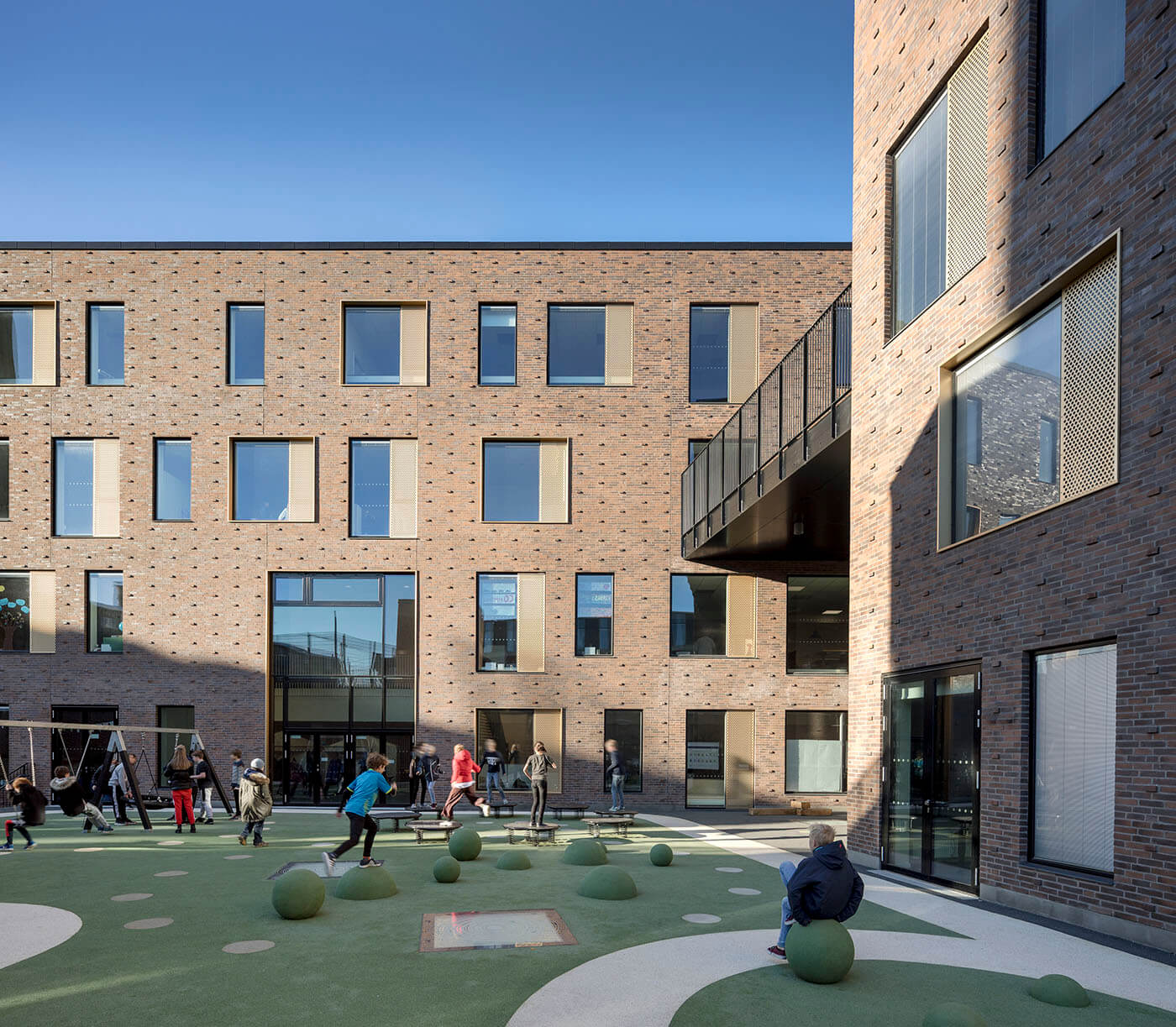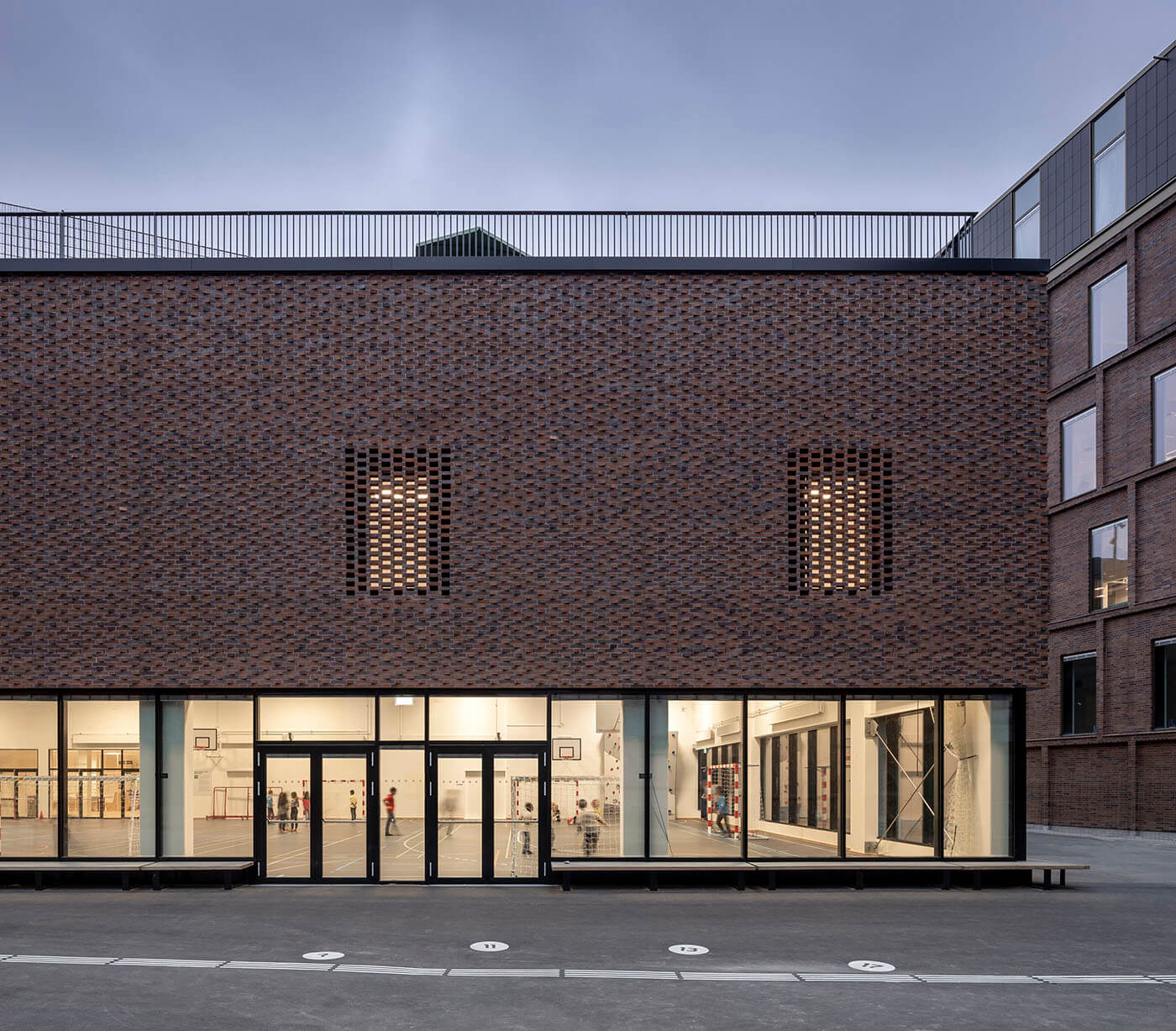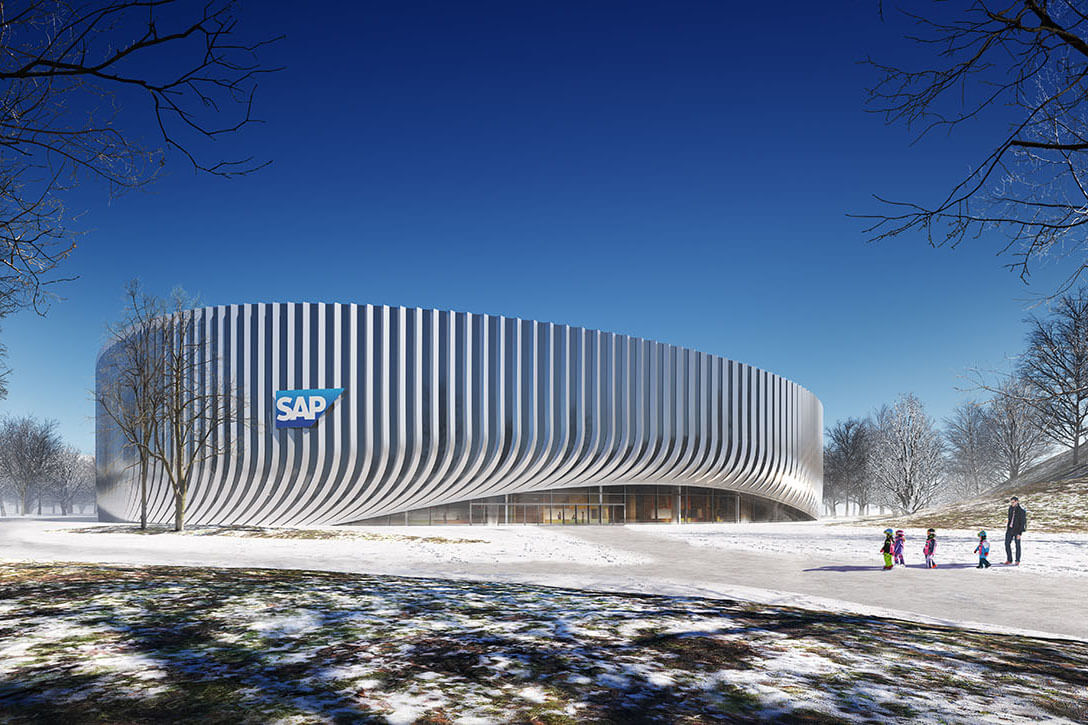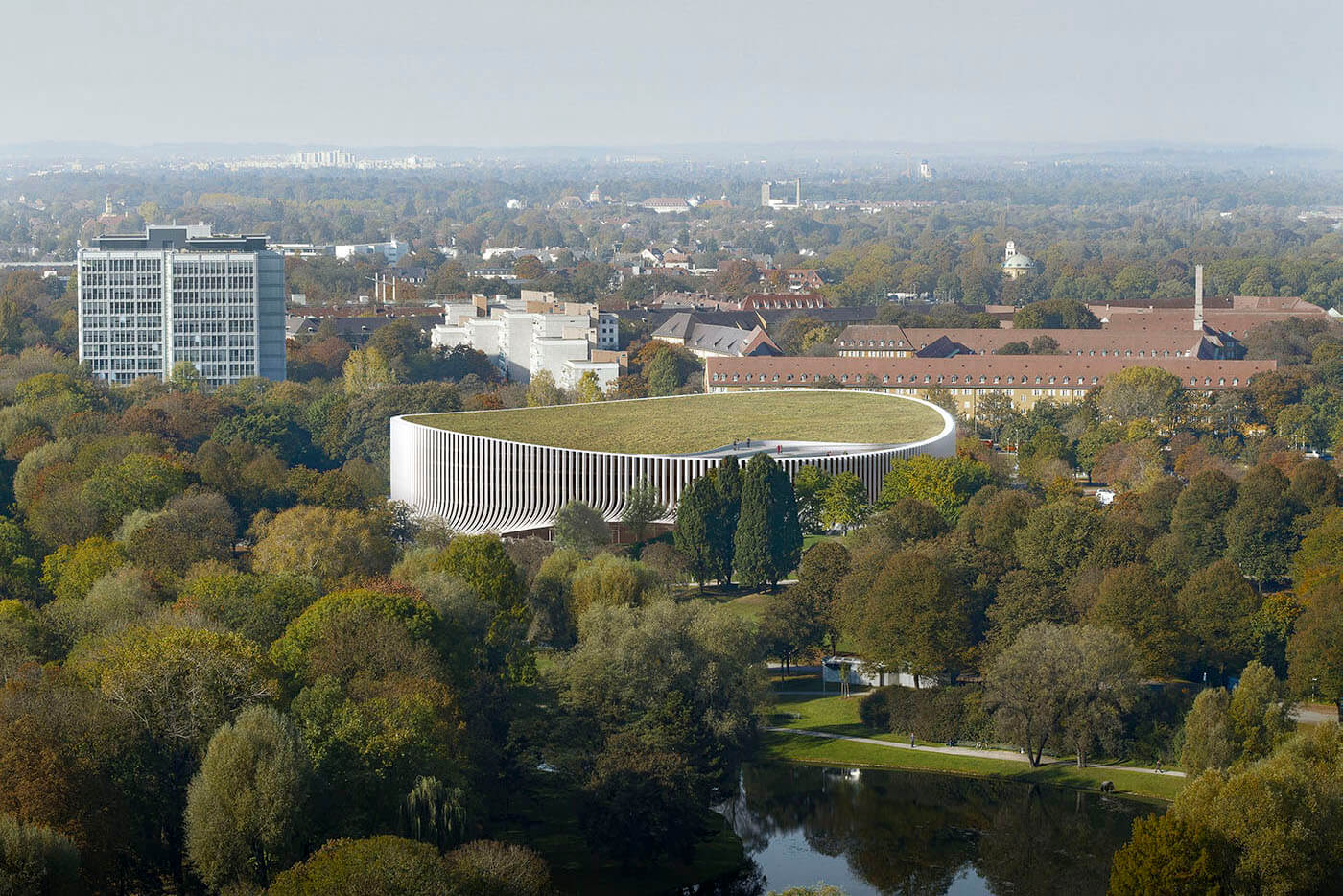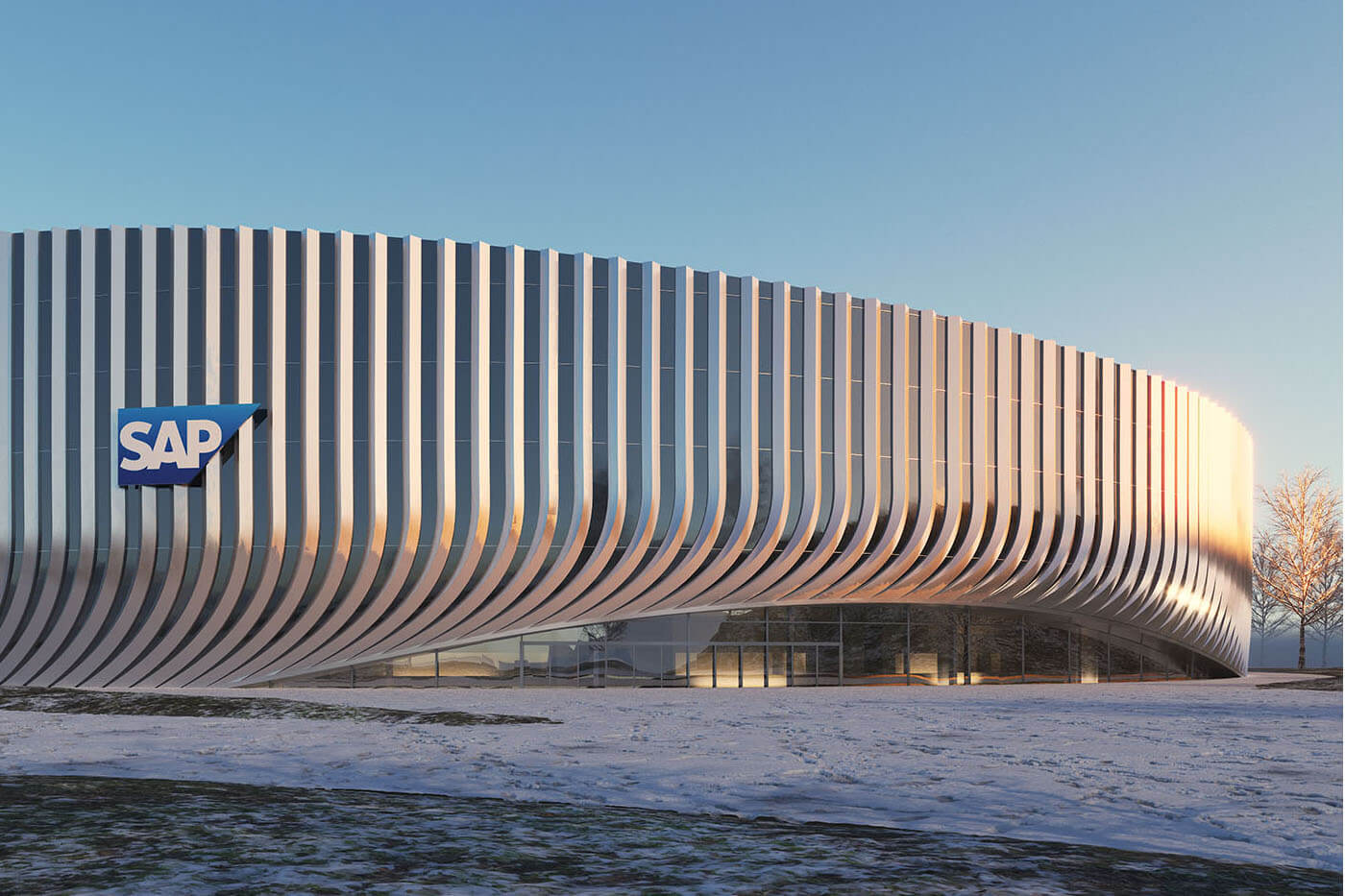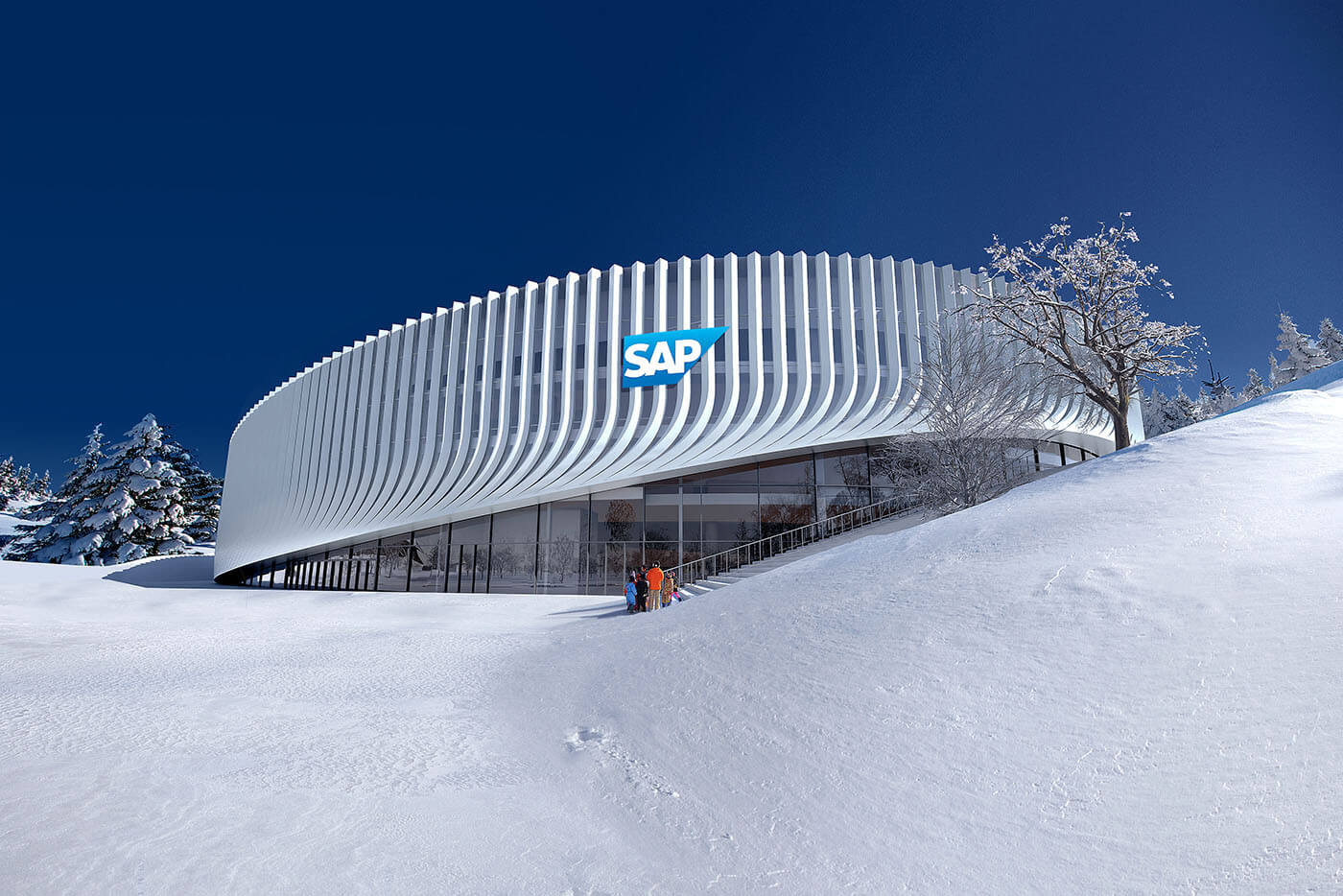Do it with an architect.
Colegio Nuestra Señora de Lourdes
Let there be light
Colegio Nuestra Señora de Lourdes
Picado De Blas Arquitectos
Situation
This project has been carried out thanks to the Torrelodones municipality initiative which seeks to improve the current conditions of the most degraded public schools in the area by introducing a small architectural intervention network of new constructions.
This gives the opportunity to introduce ecological concepts in schools with very low cost.
Let the sunshine in
Breaking up with the traditional concept of this type of spaces, which are usually very closed to the outside, a large window opened to east appears, offering a view of the sky.
Design
The project approach is to set up the pavilion as a removable architectural piece, quickly erected, sustainable and innovative. We thought at this point in removable refrigeration panel self-supporting structure, a typical material used in the industry, which is lightness and has a high energy efficiency that facilitates its quick assembly and keeps safely the possibility of reuse in the future.
These panels have a 10 cm thickness, weighing the whole building less than a quarter of what would weight a traditional construction.
Realisation
The wood used as the final floor finishing is an industrial oak recycled wood, which is made with the remains of other woods. This material will provide warmth and facilitates the indoor sports performance.
We did this.
Architect
PICADO-DE BLAS ARQUITECTOS
Calle González Amigó nº23
E — 28033 Madrid
Client
Team
Rubén Picado Fernández, María José de Blas
Carlos Diaz-Monis, Jorge Li, Teresa Casbas, Sofía Fernández, Will Tooze
Address
Calle Ntra. Sra. del Carmen, 10
28250 Torrelodones
E — Madrid
Videos
Our Blog
Wunnebad
Ilirija Sport City
Sports belongs to the city.
The Eight-Court Sports Hall, Monheim am Rhein
Europe’s biggest school sports hall.





